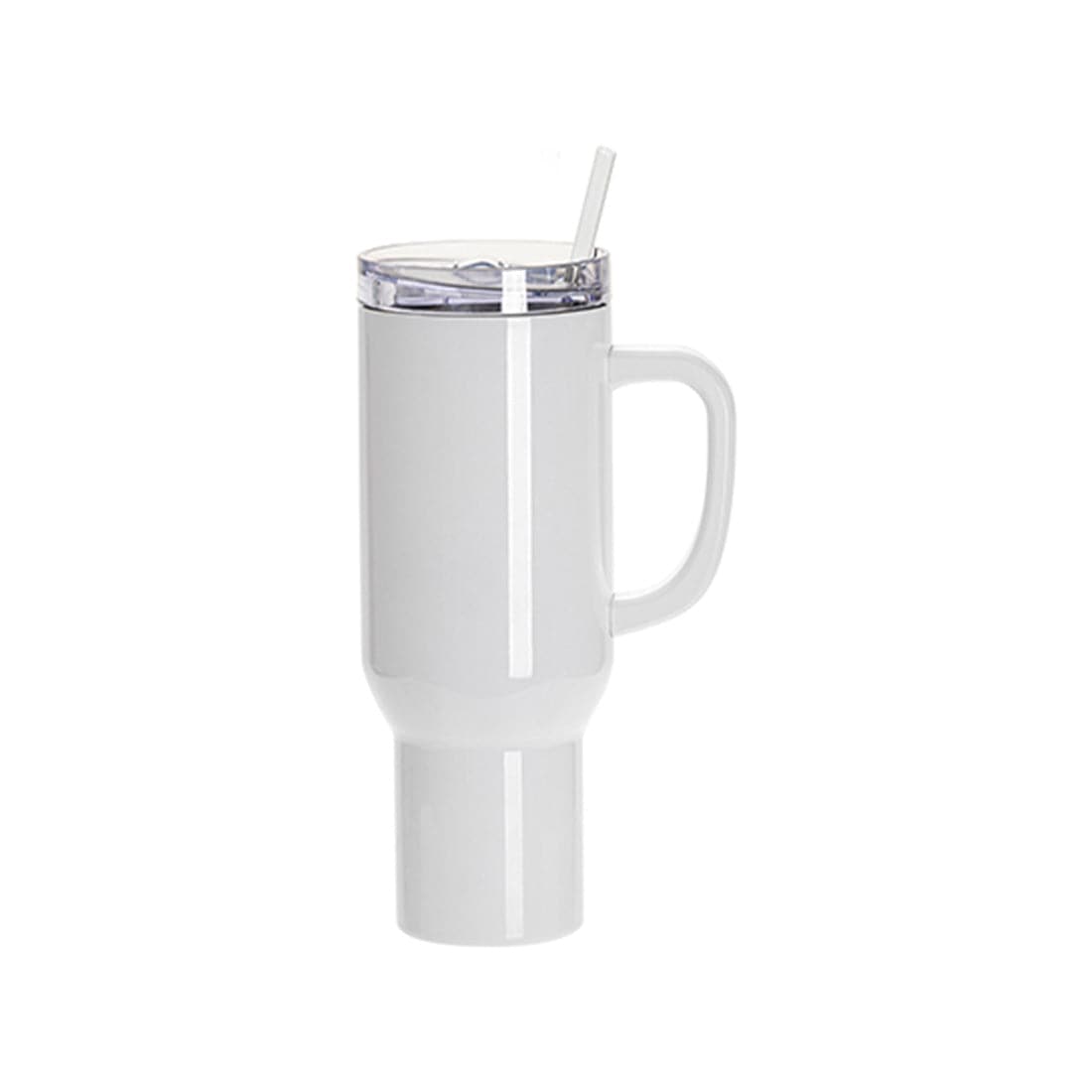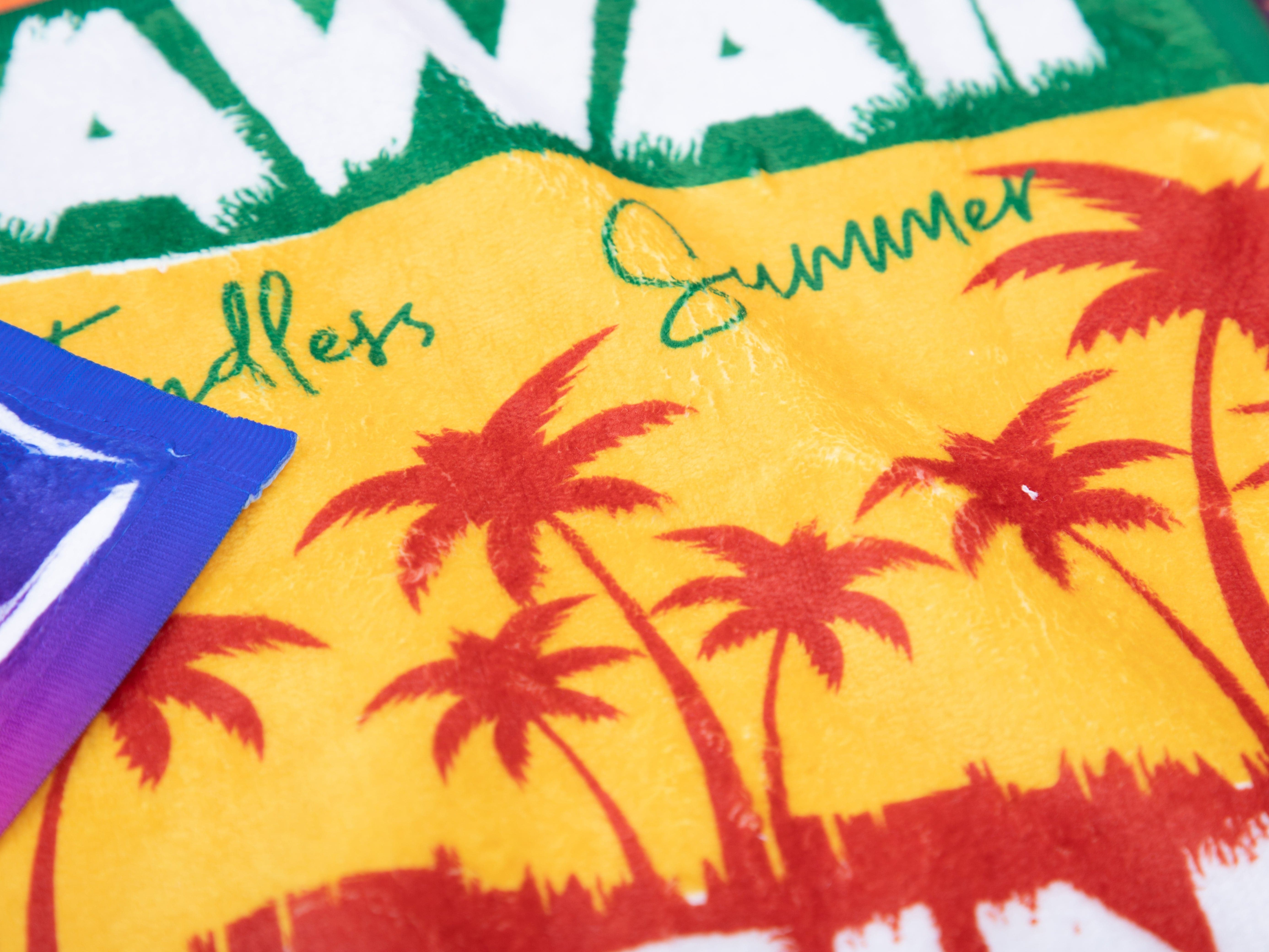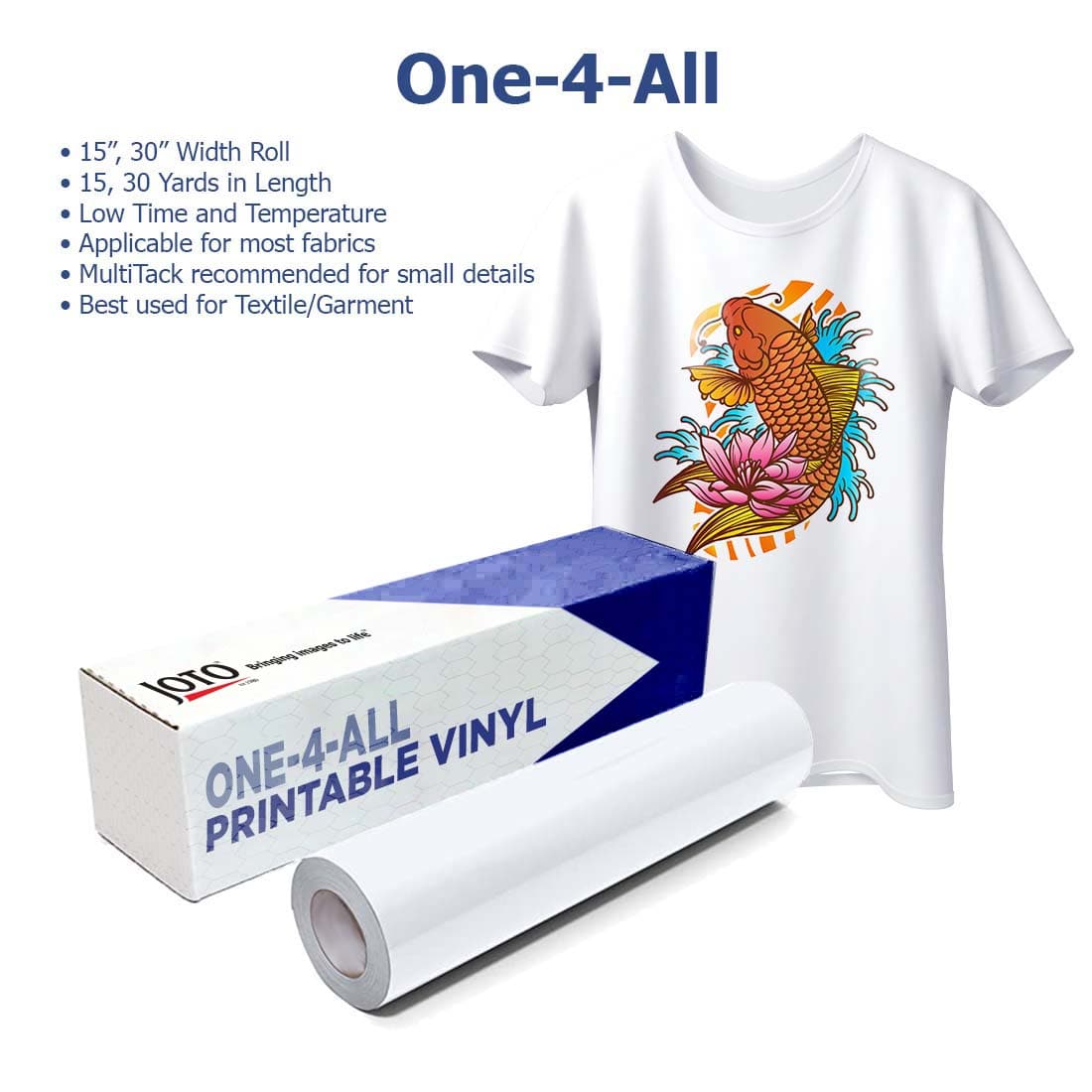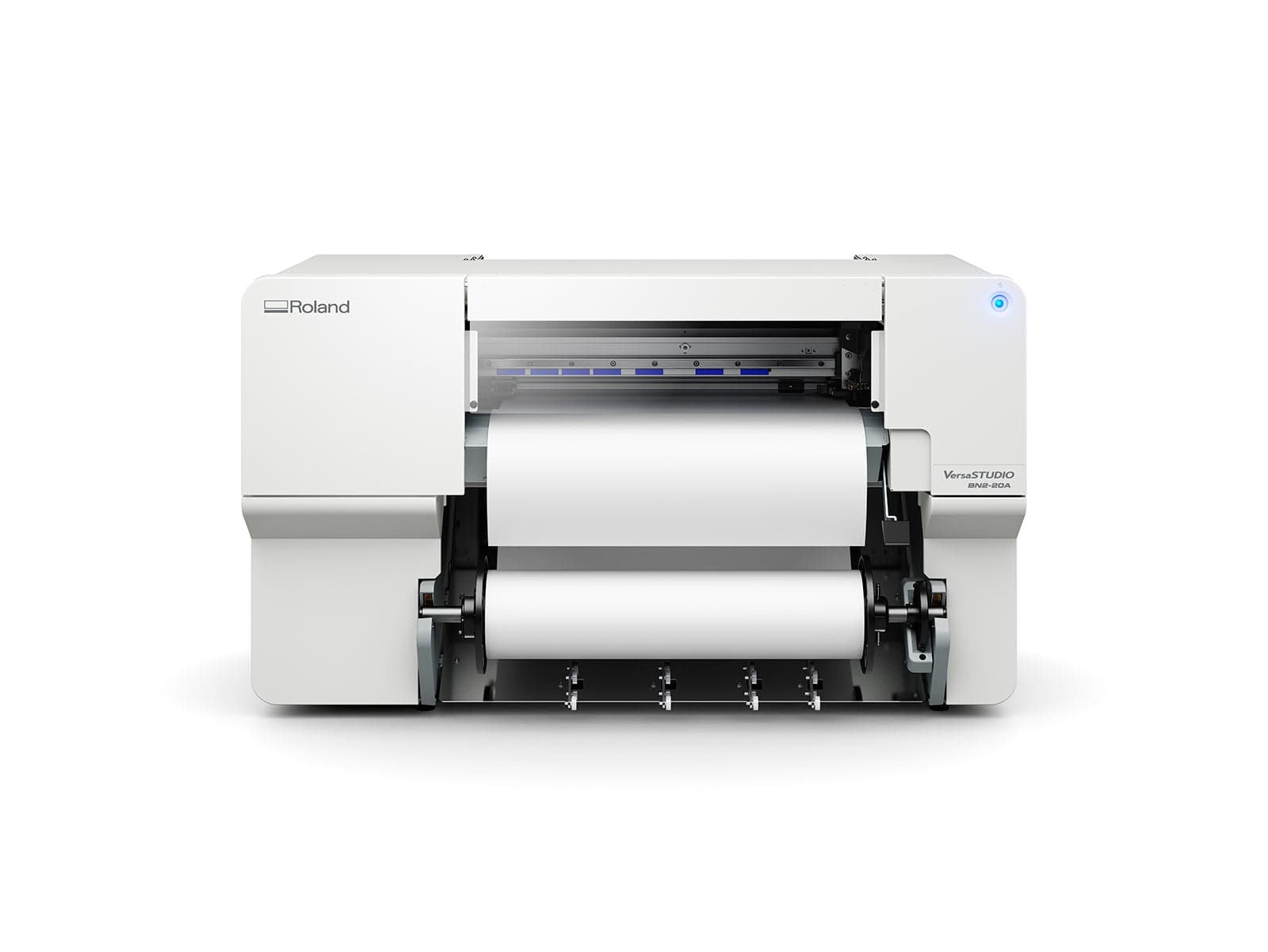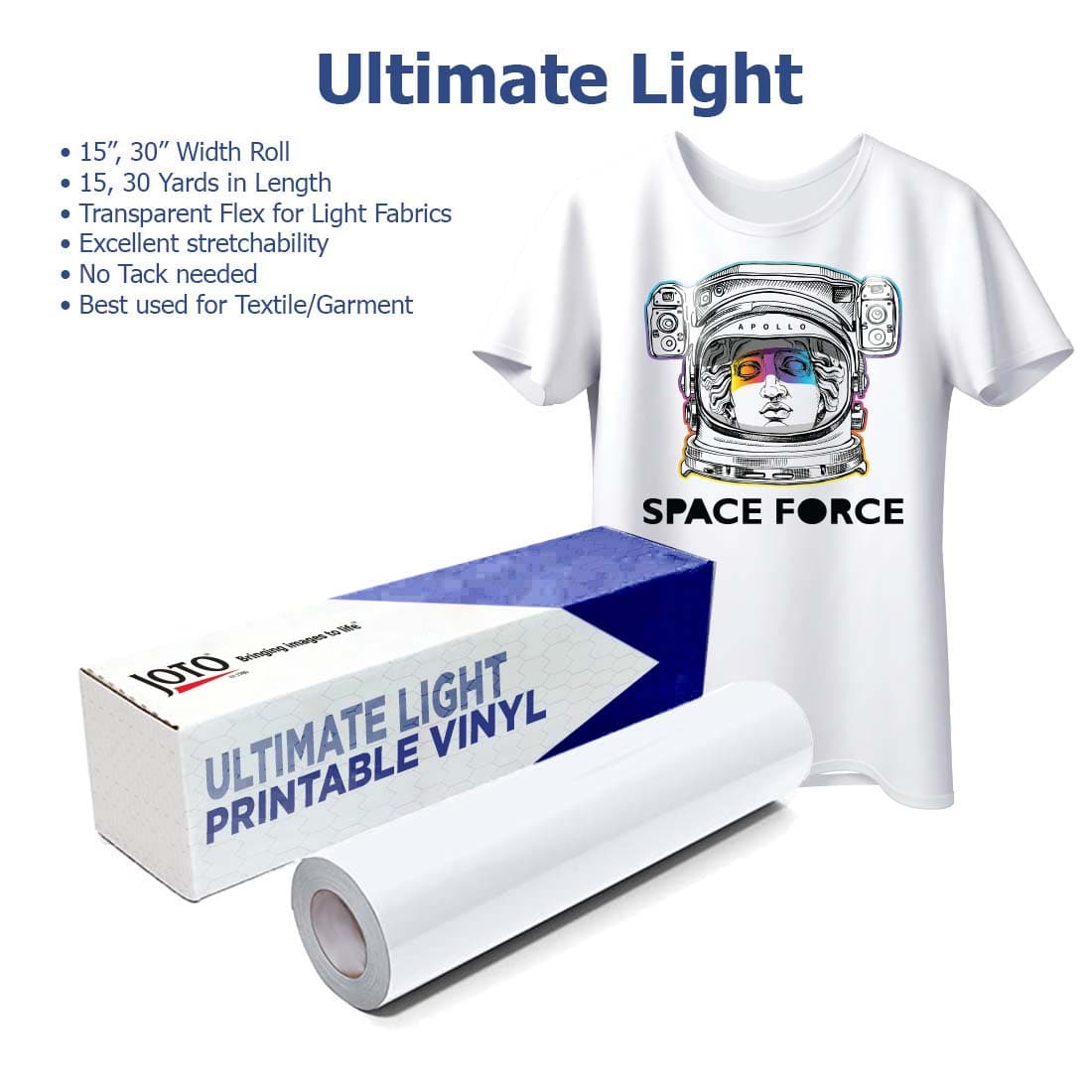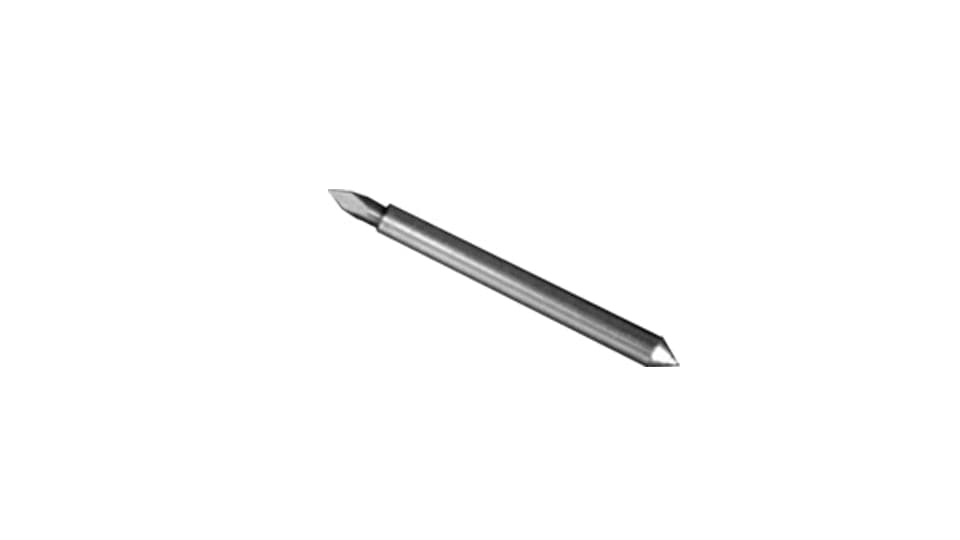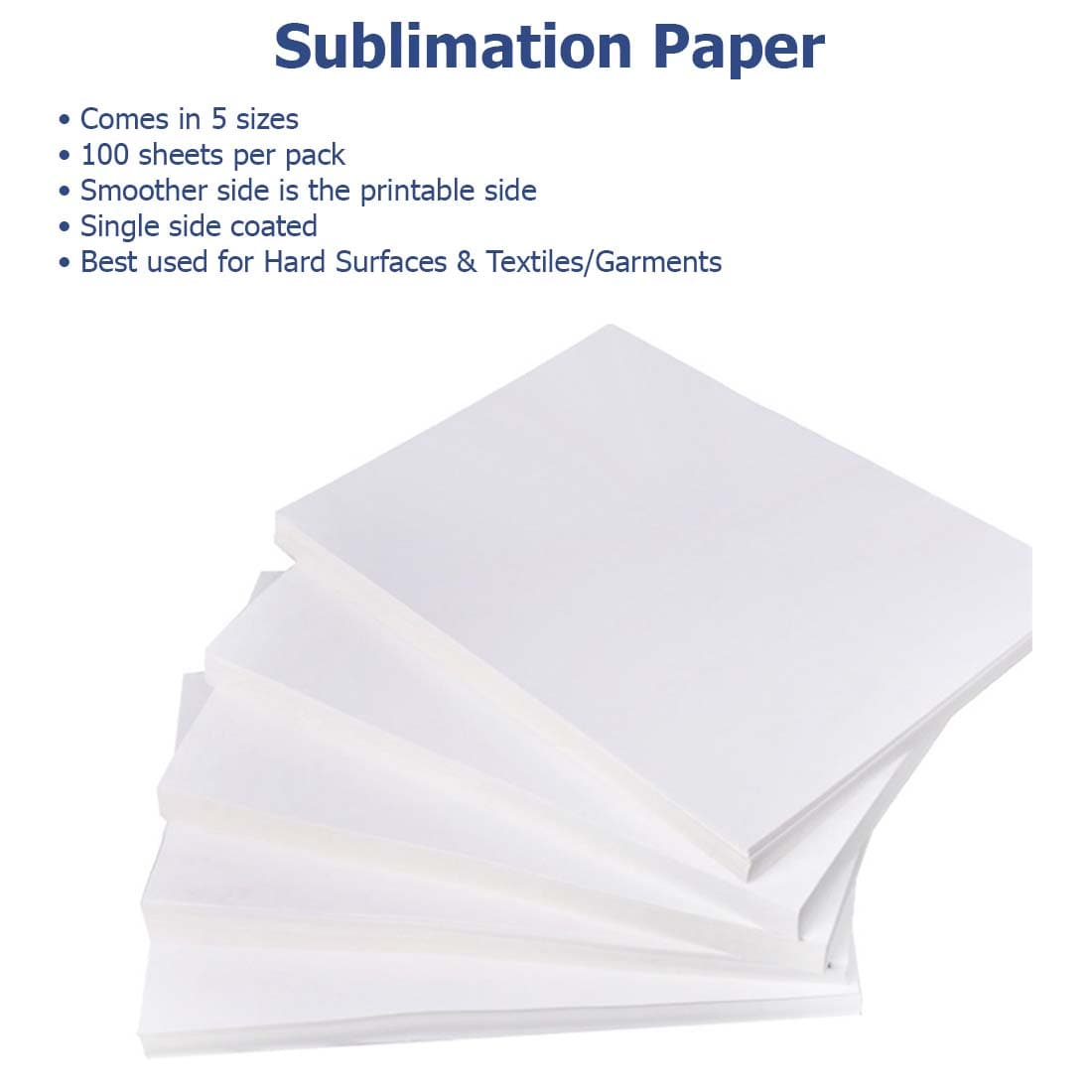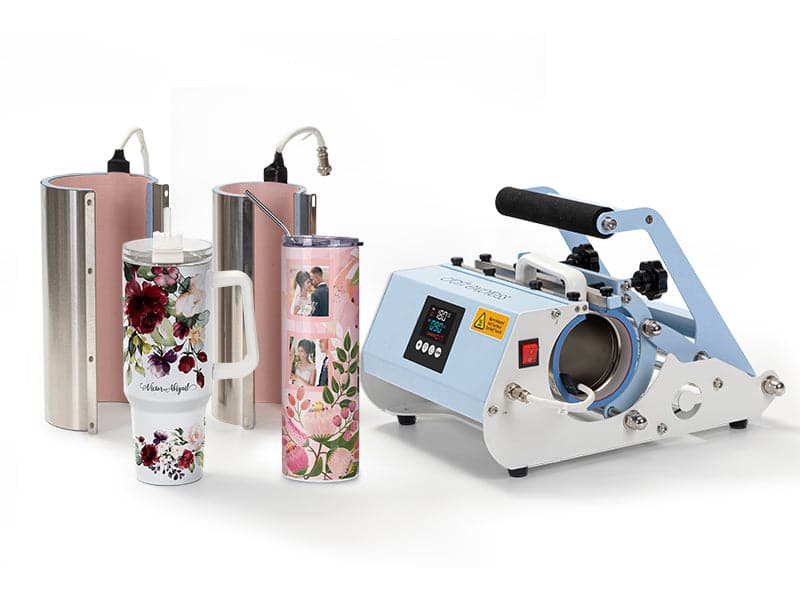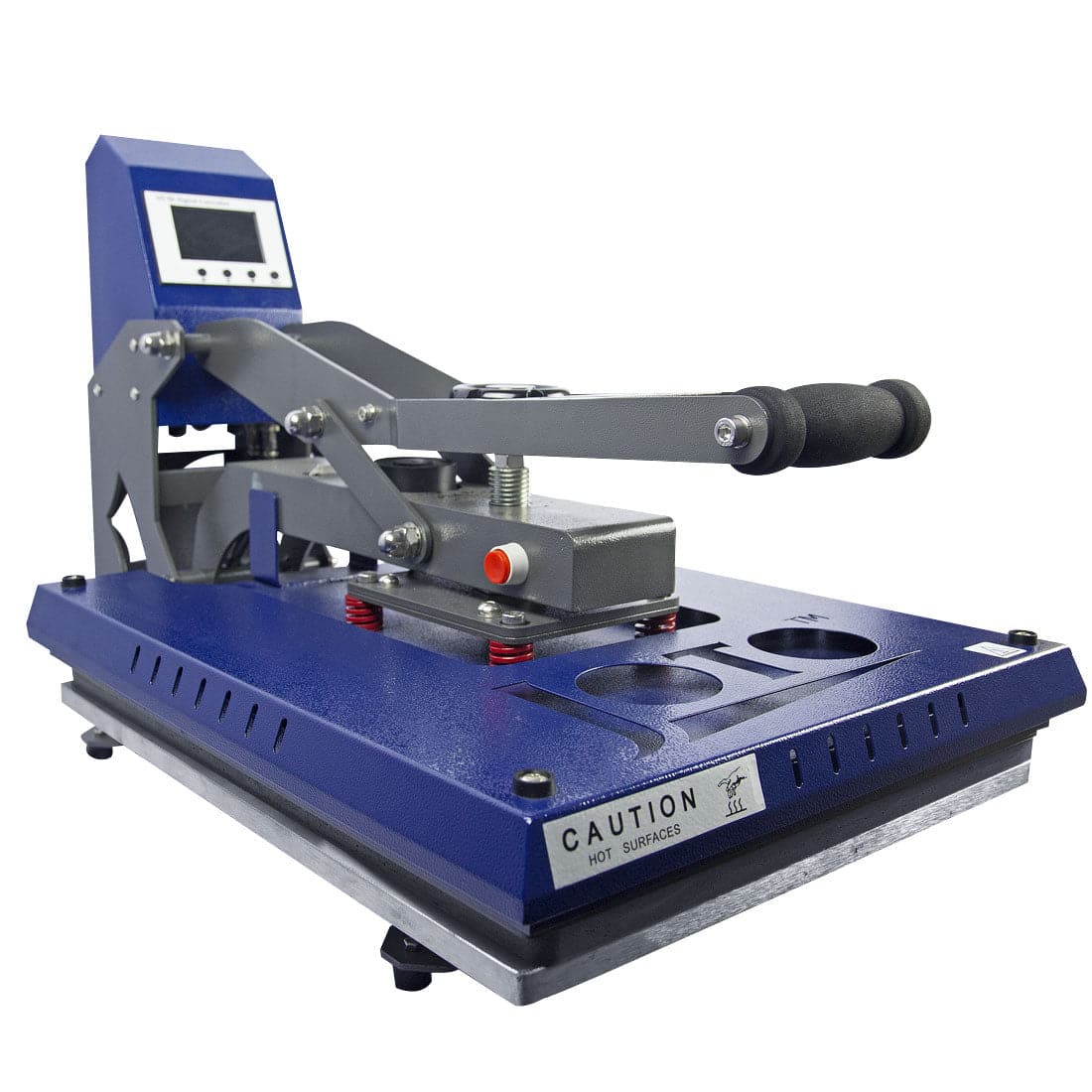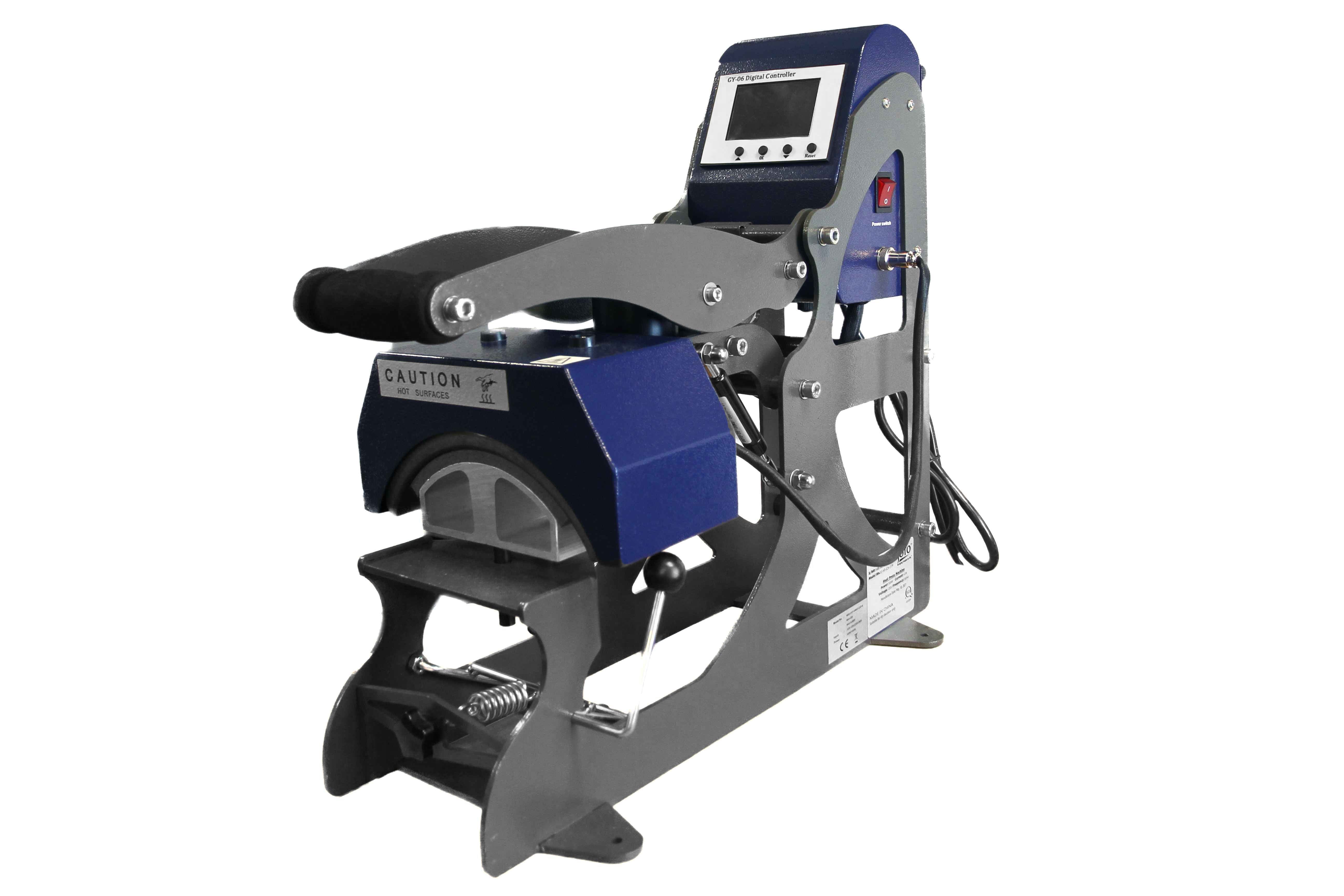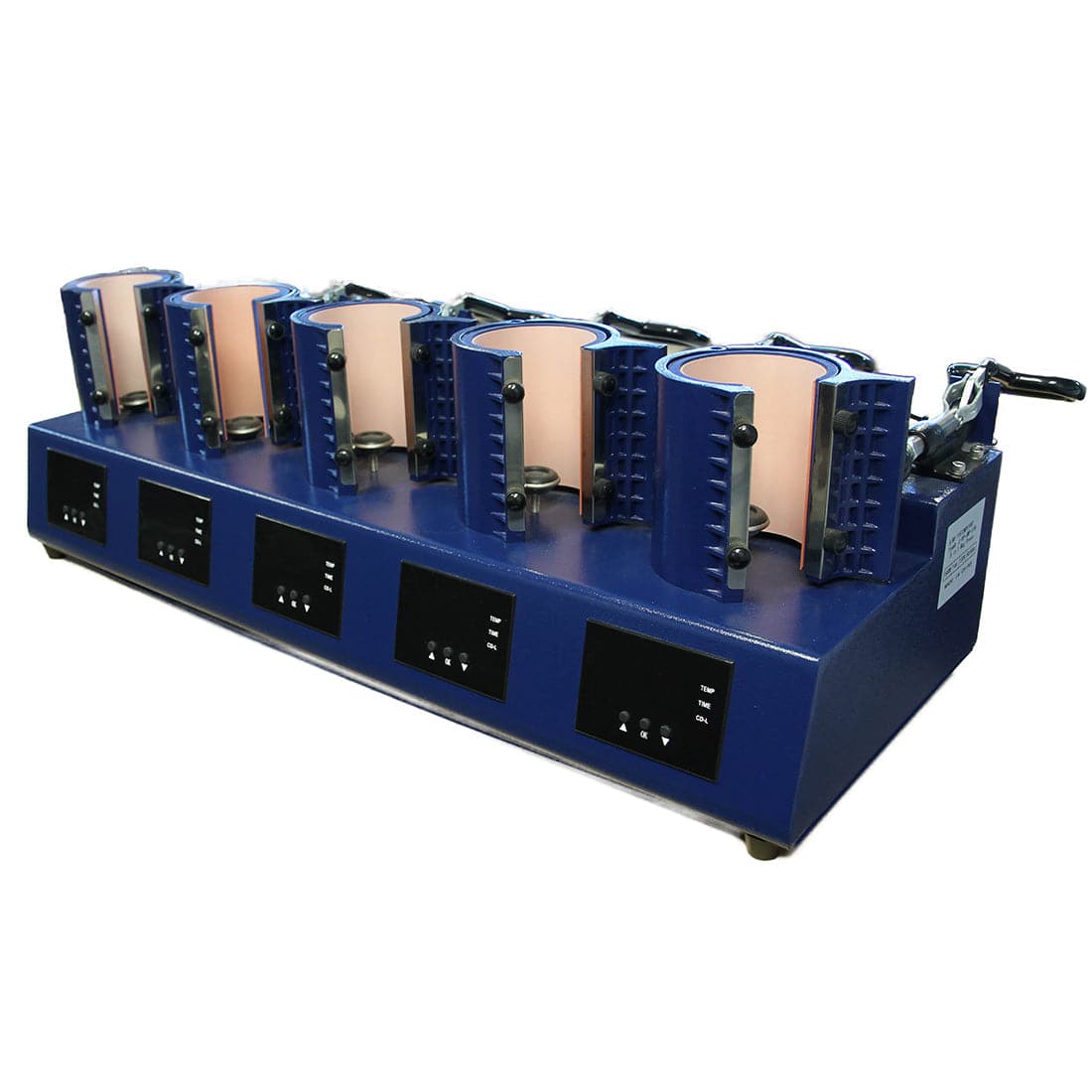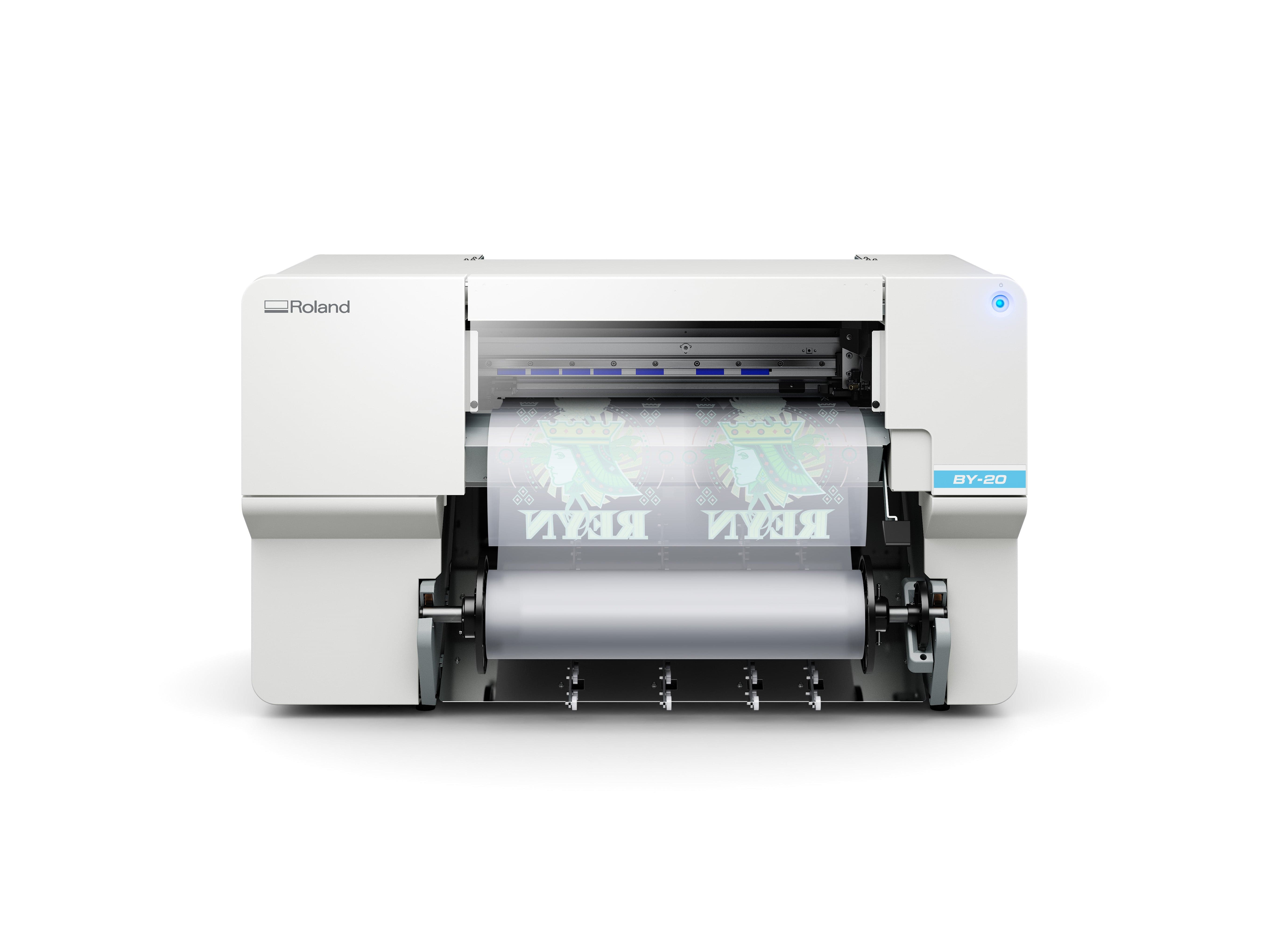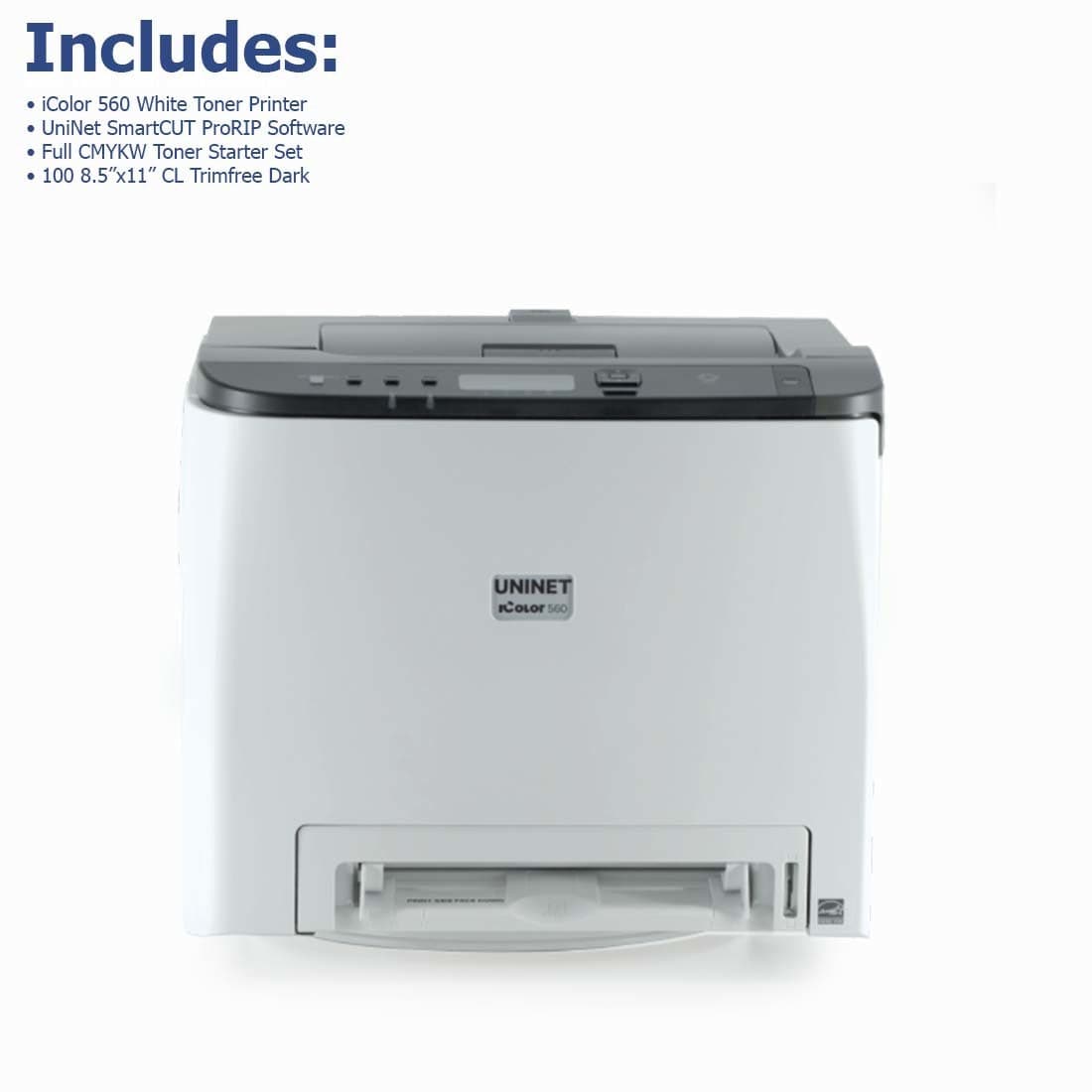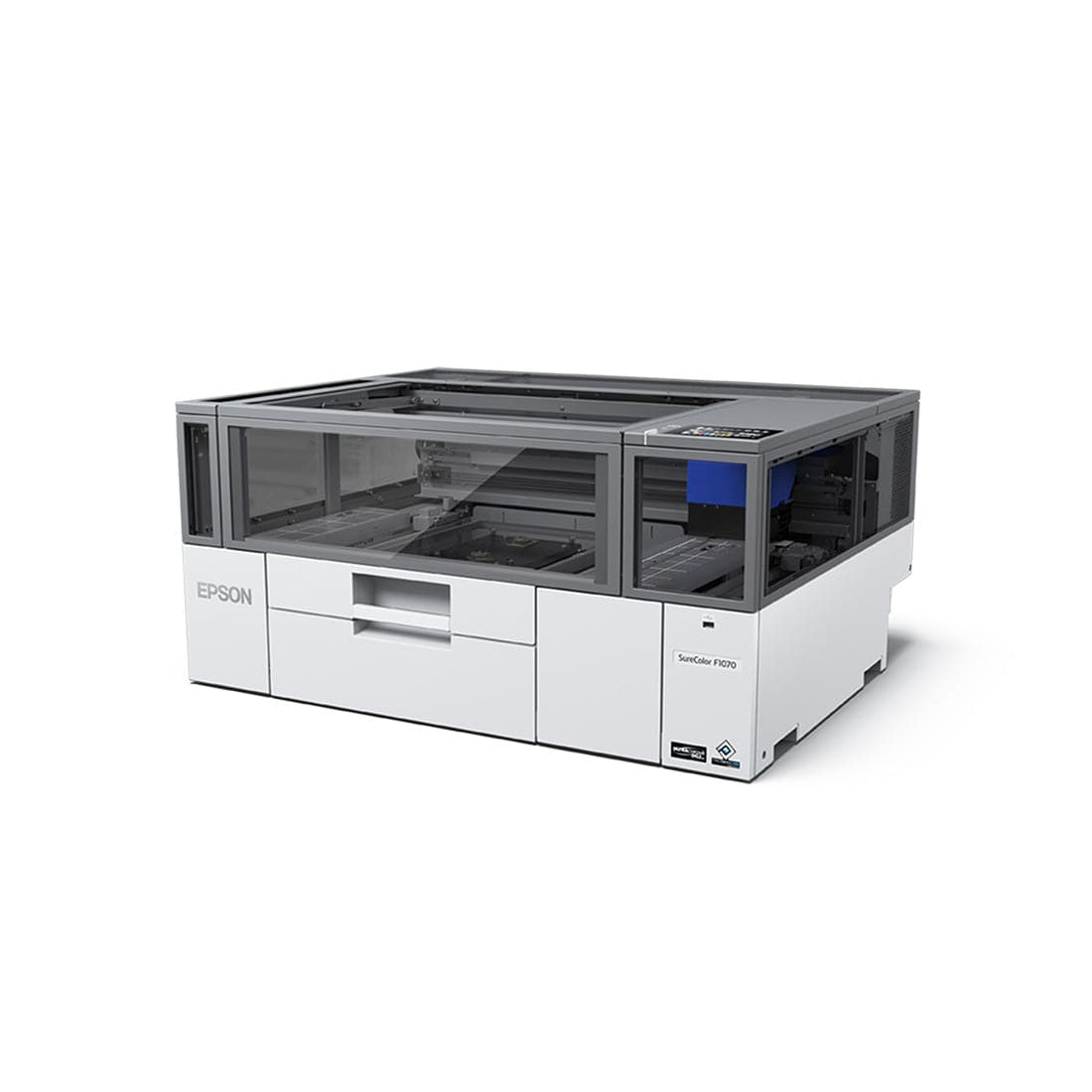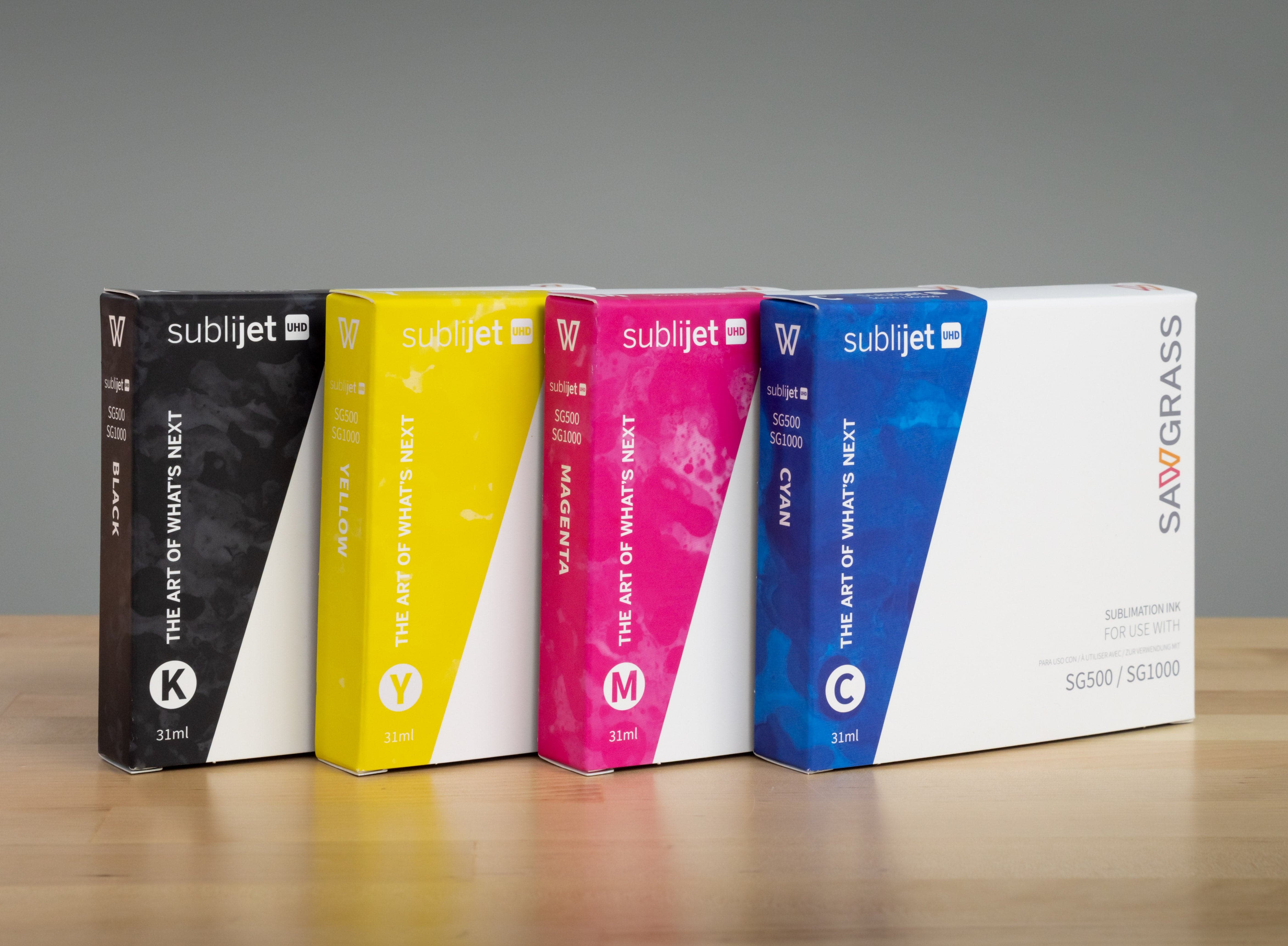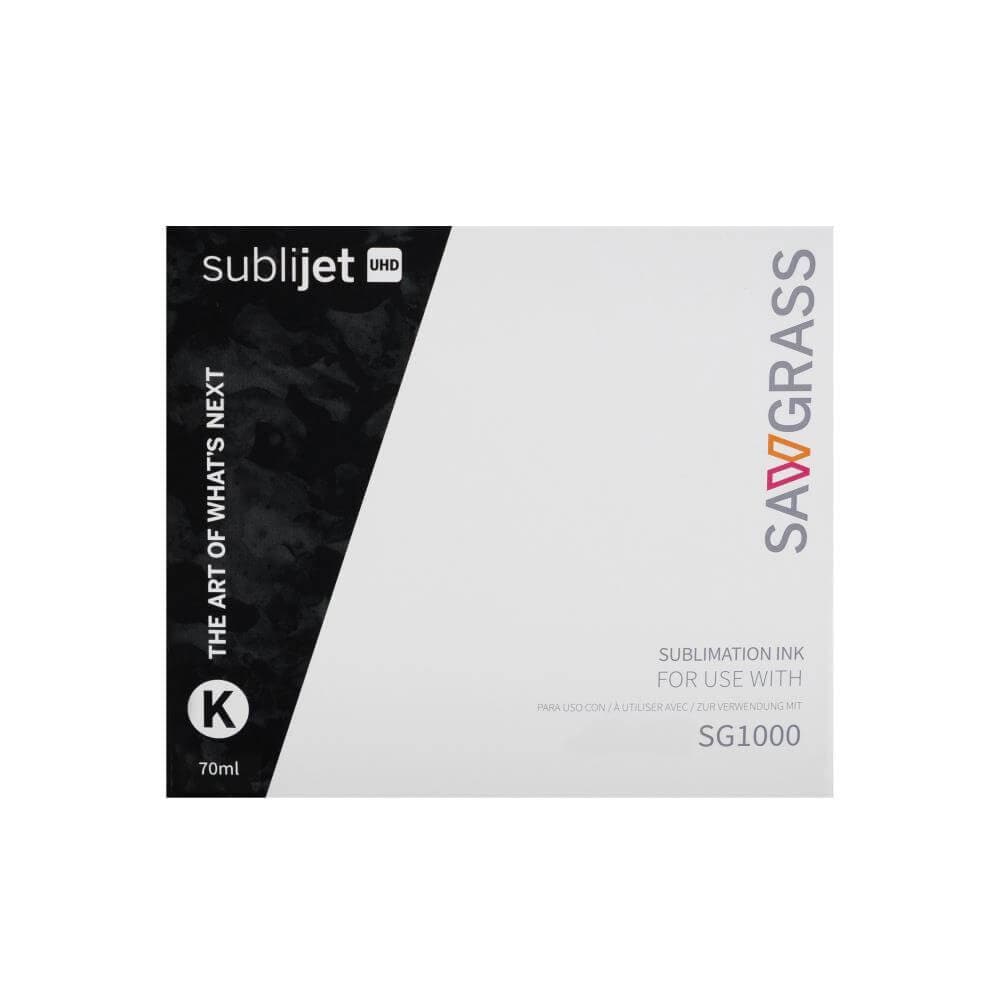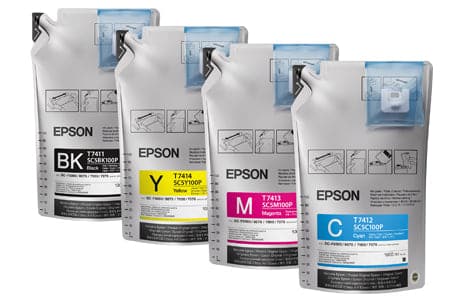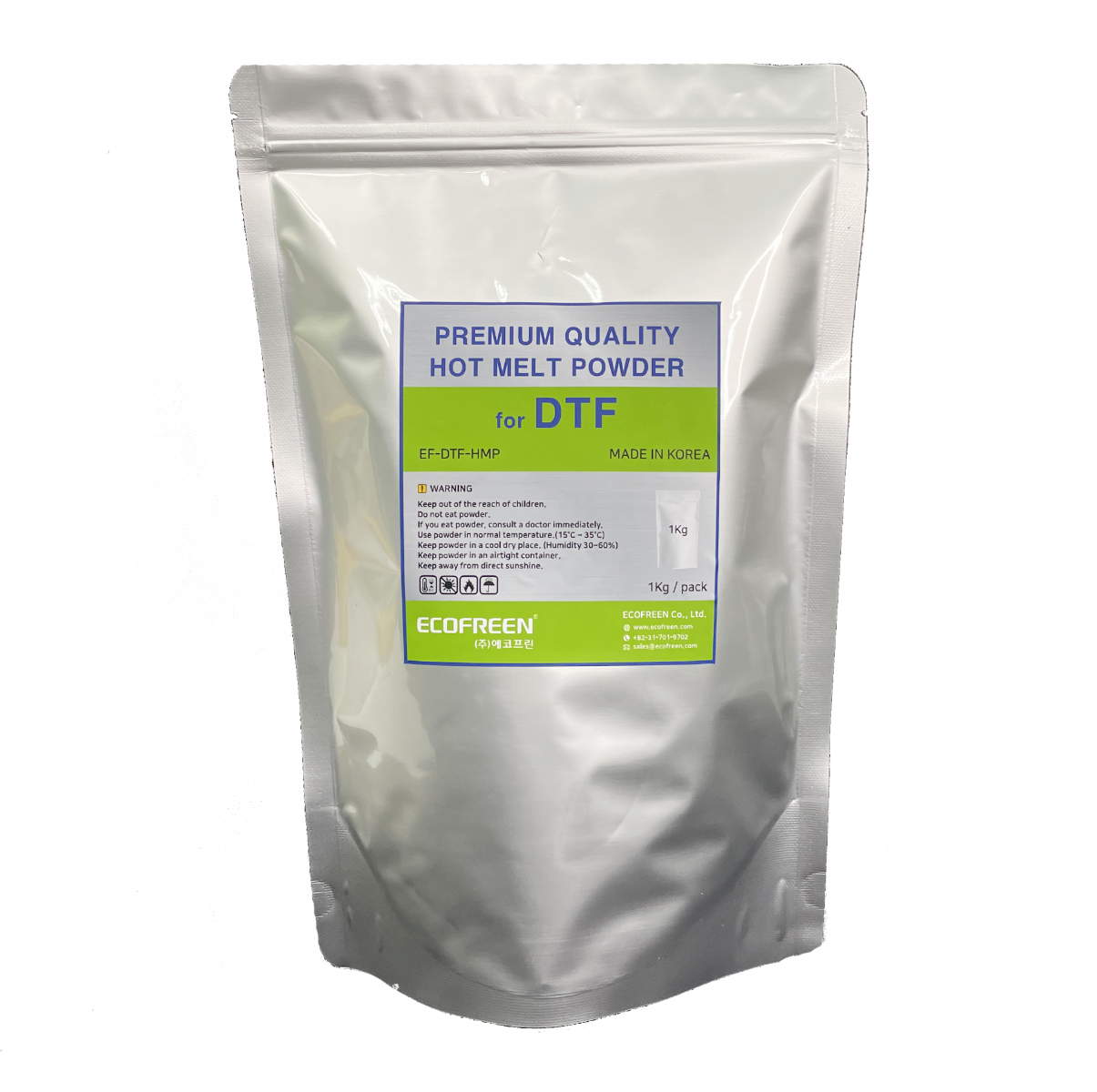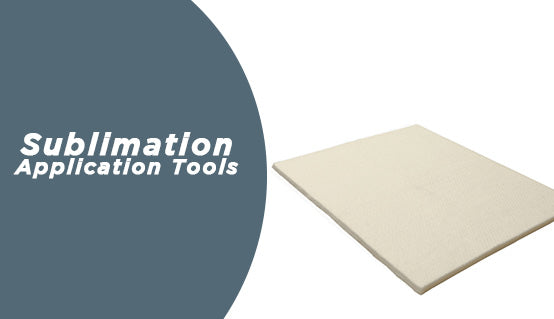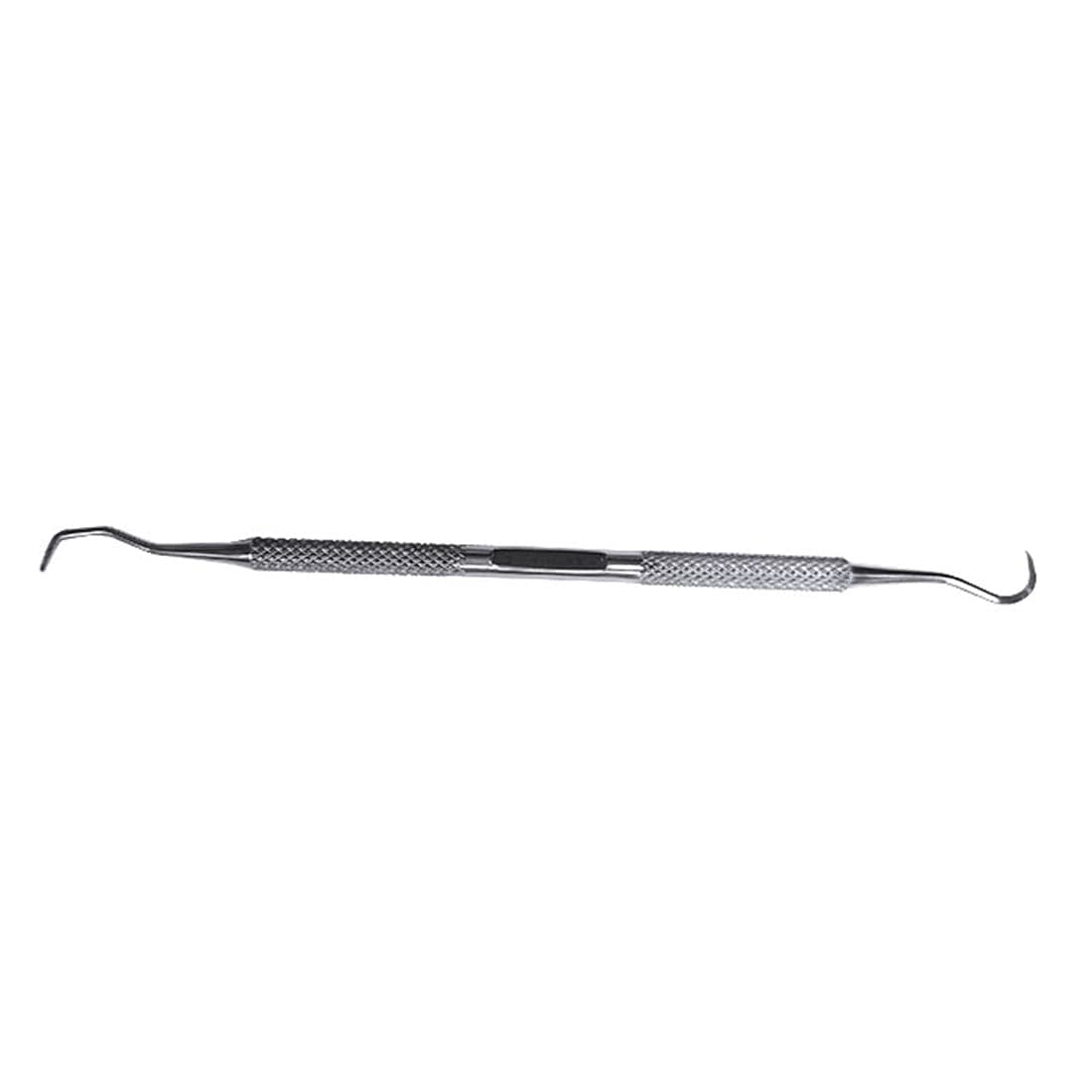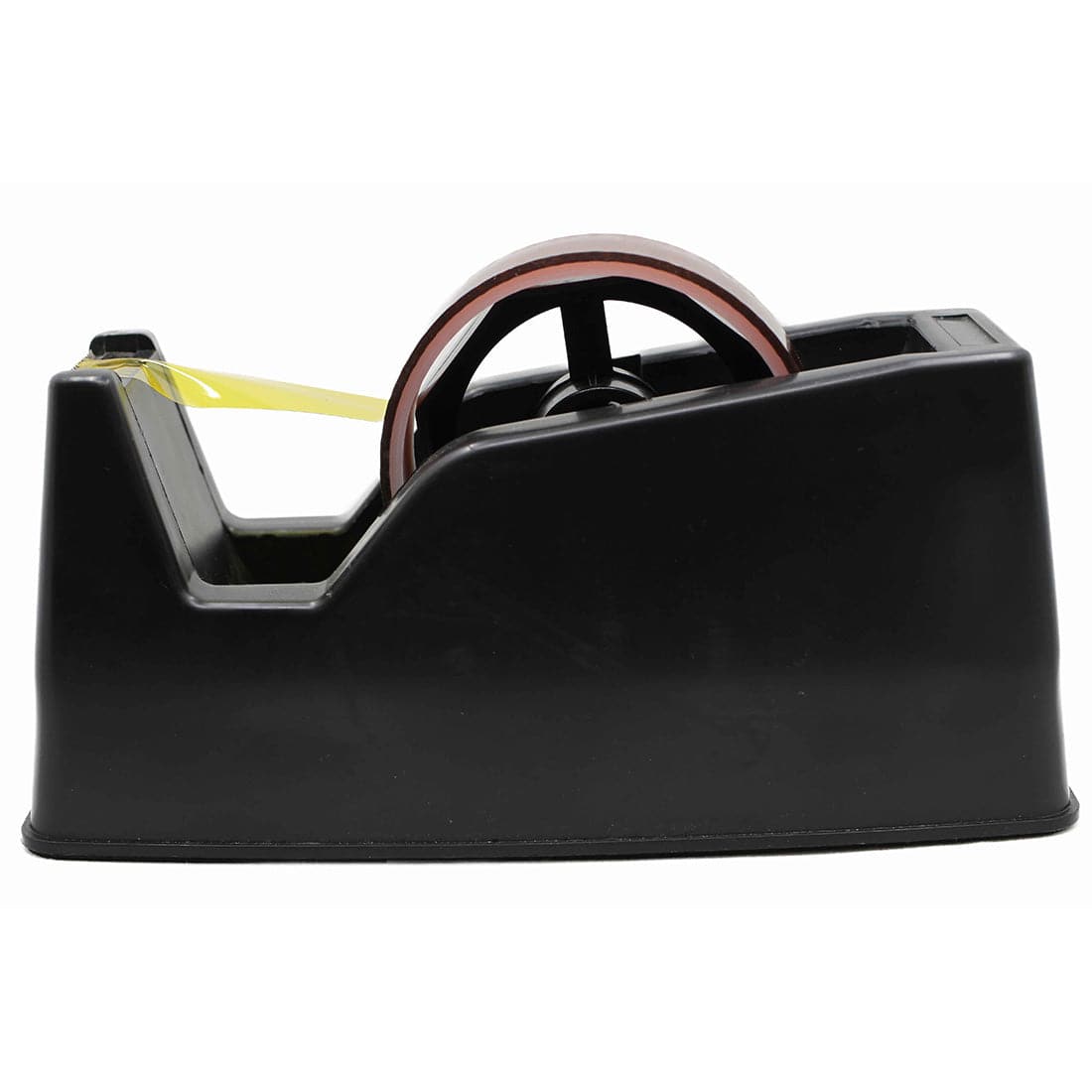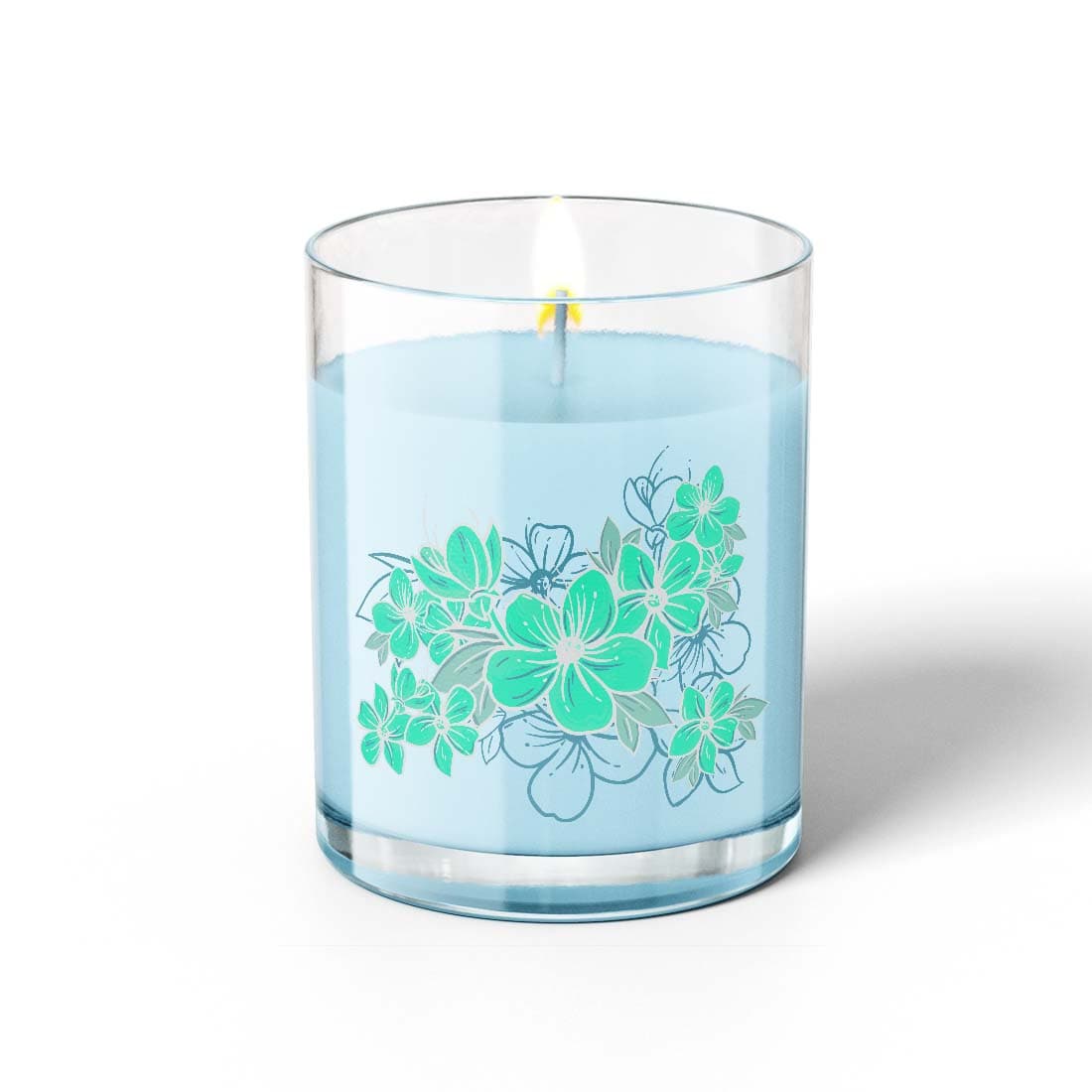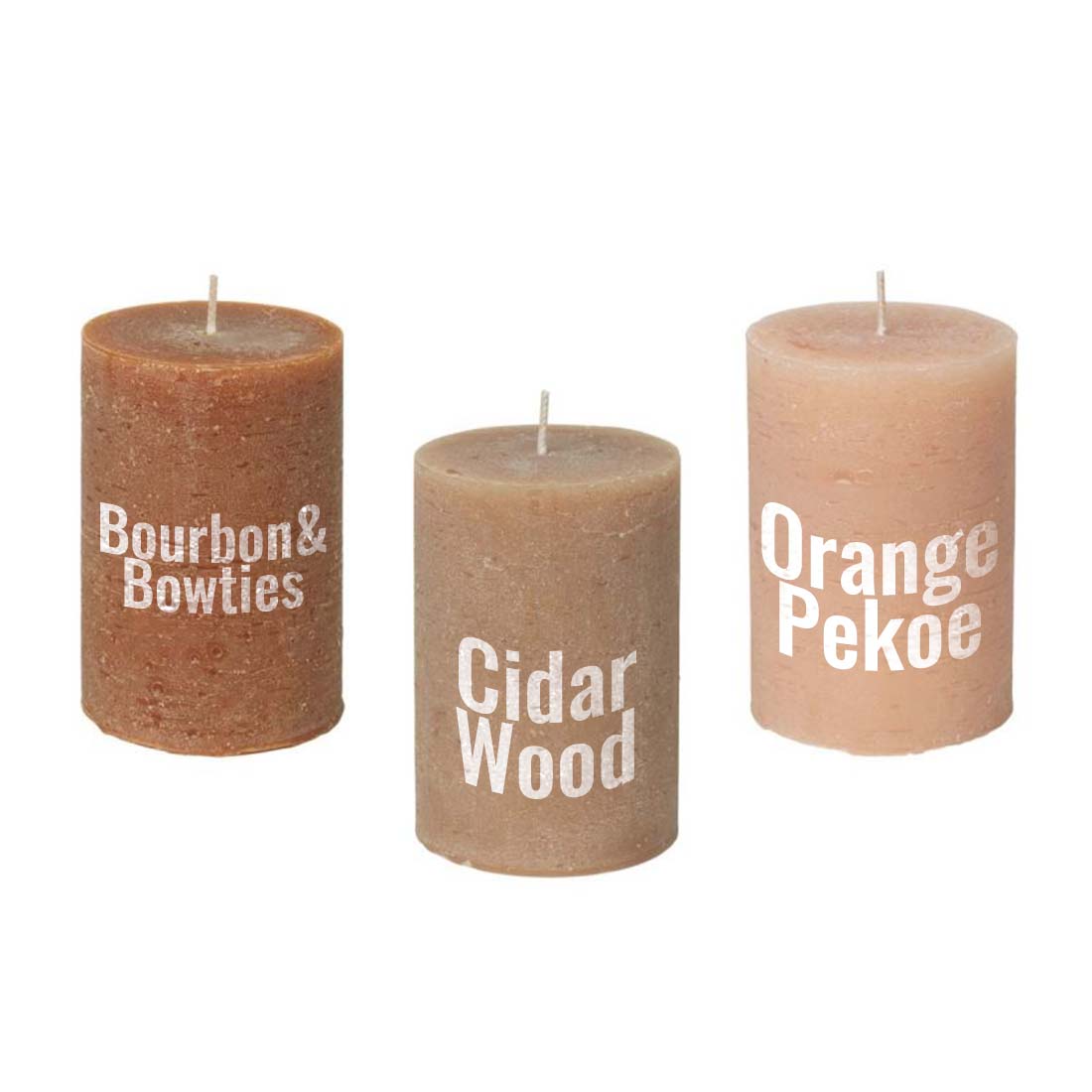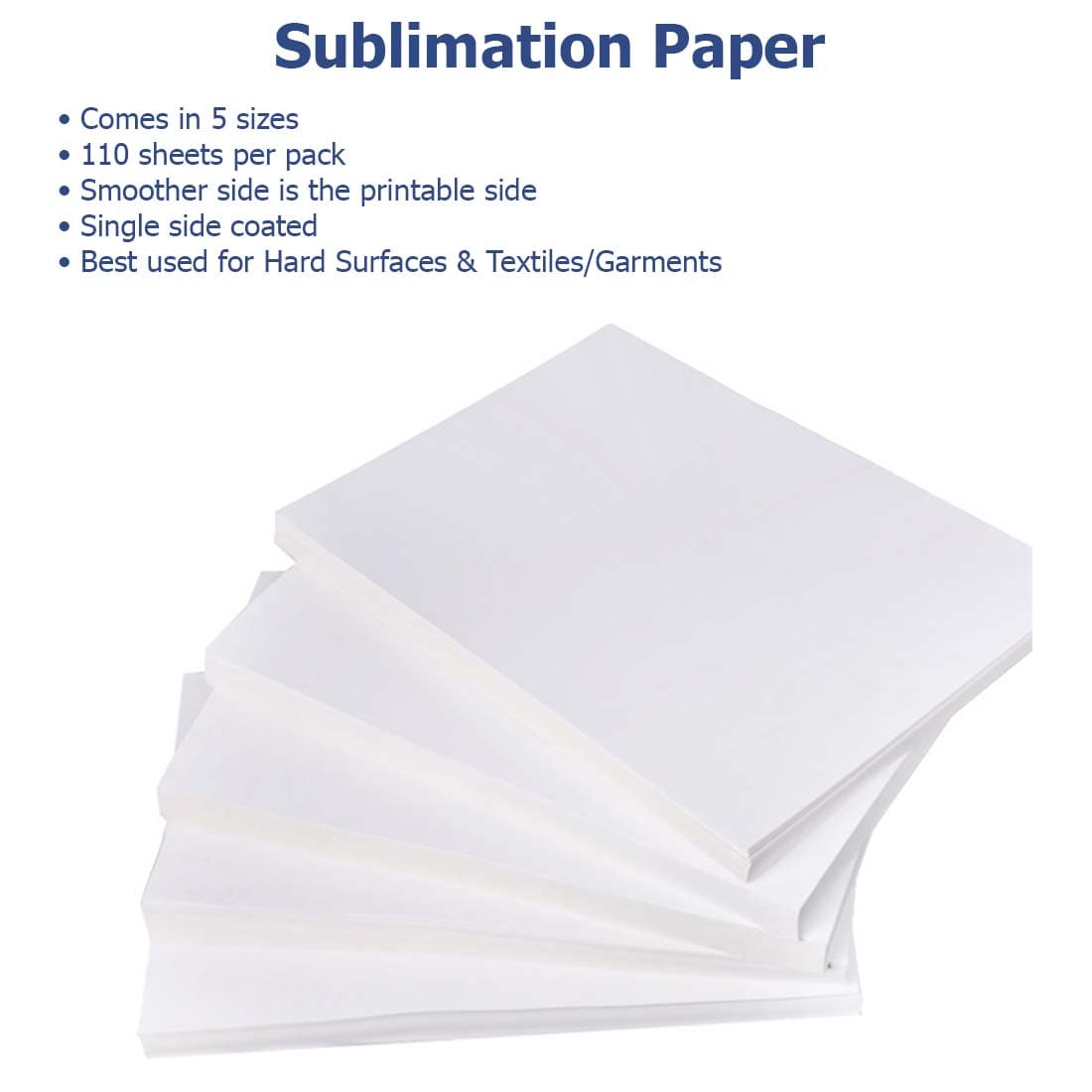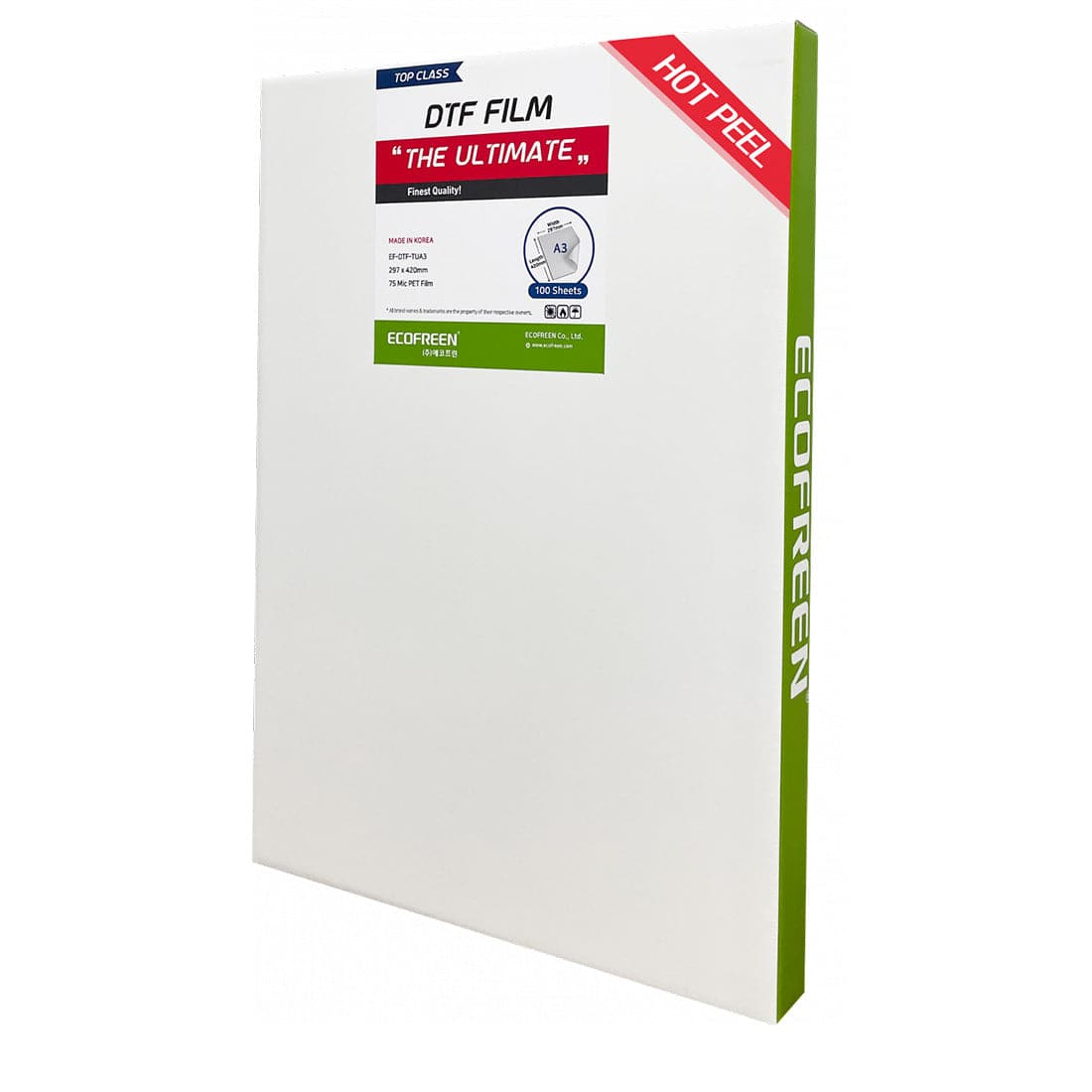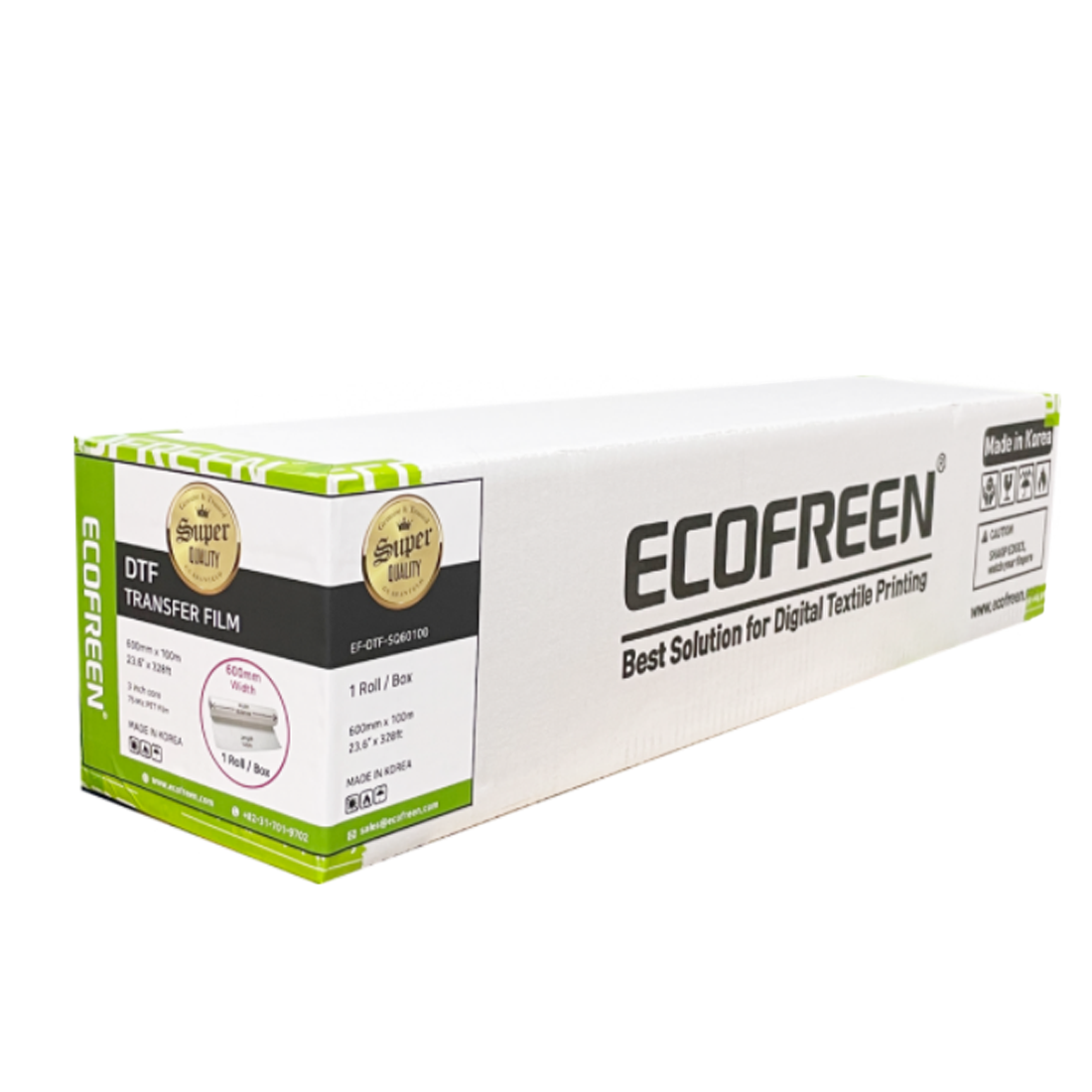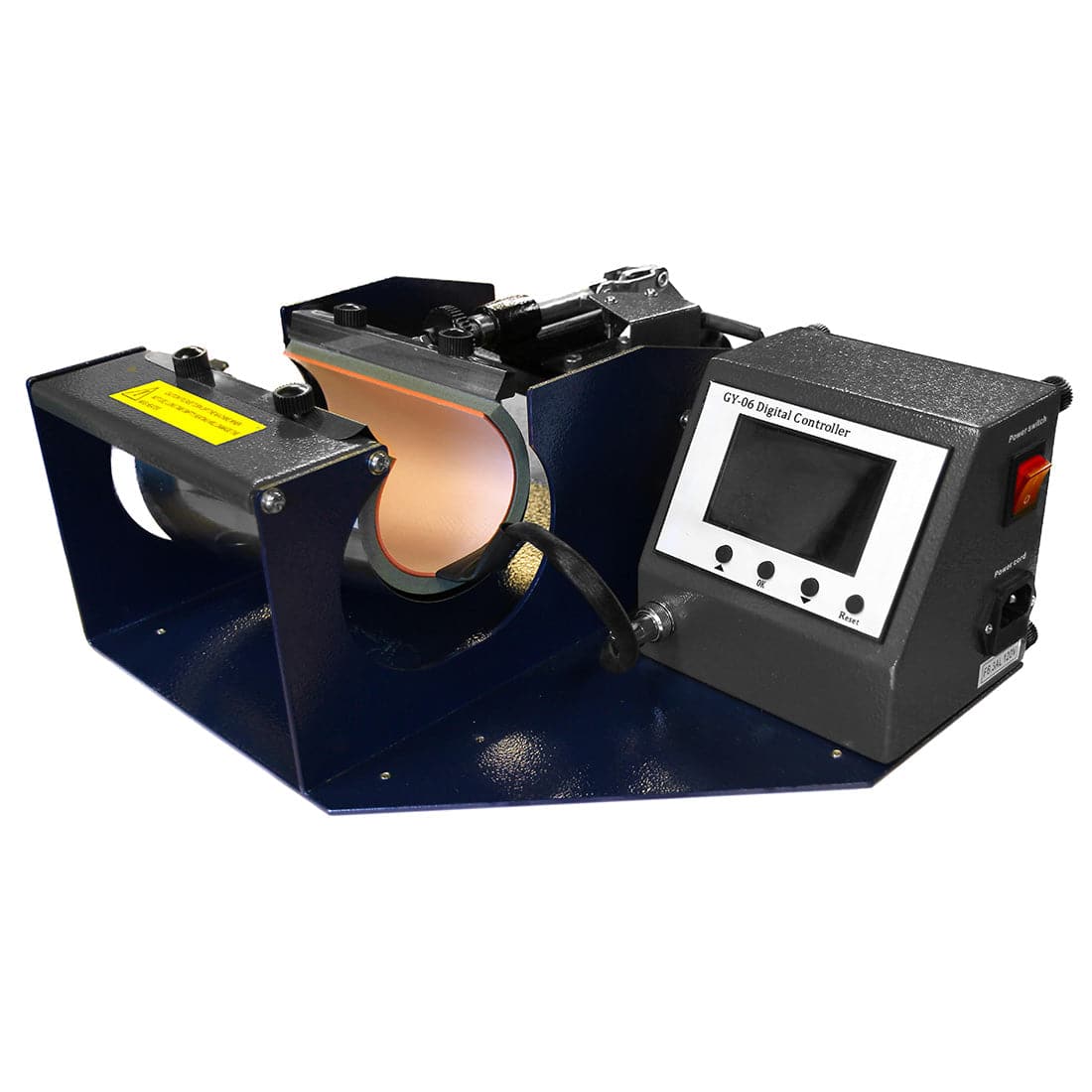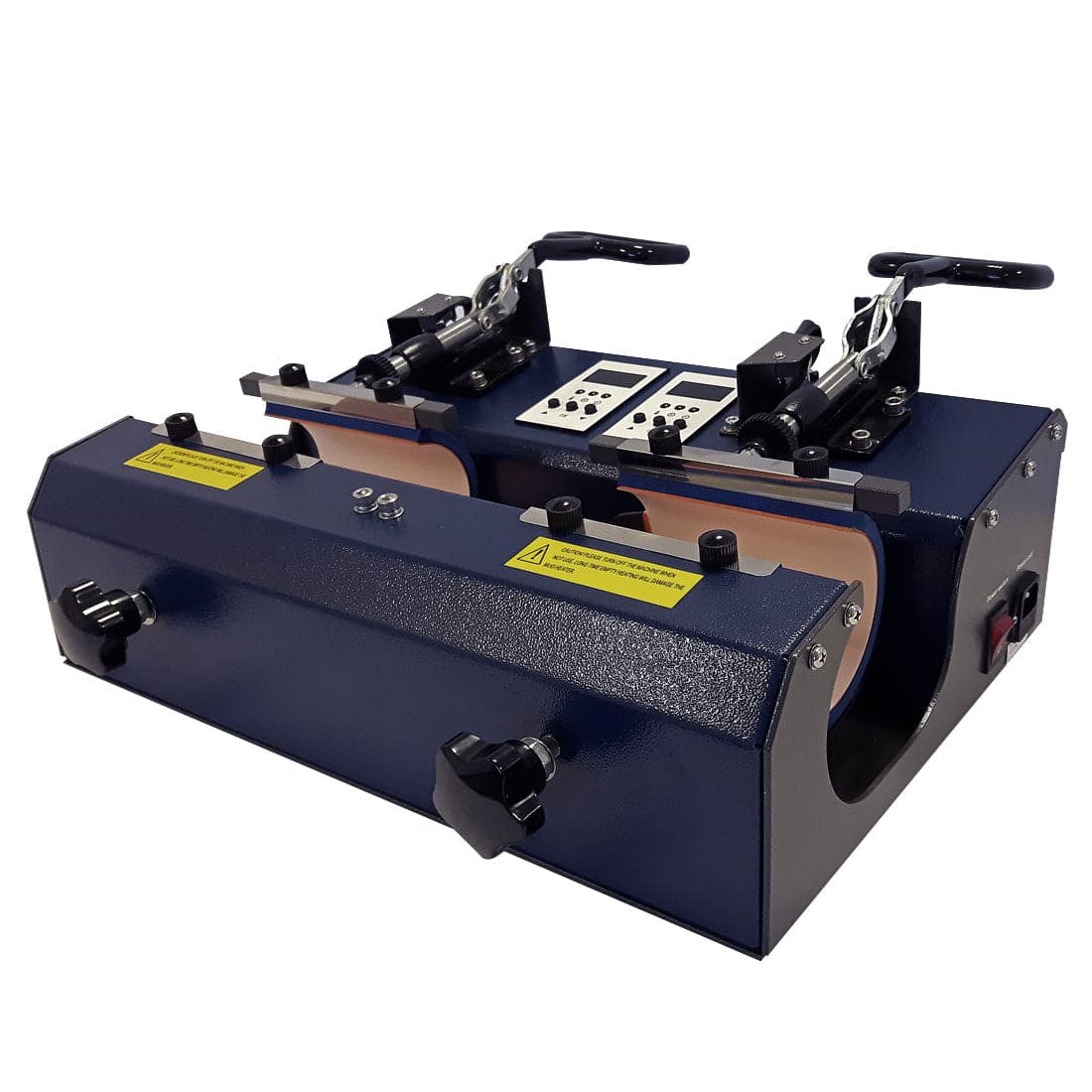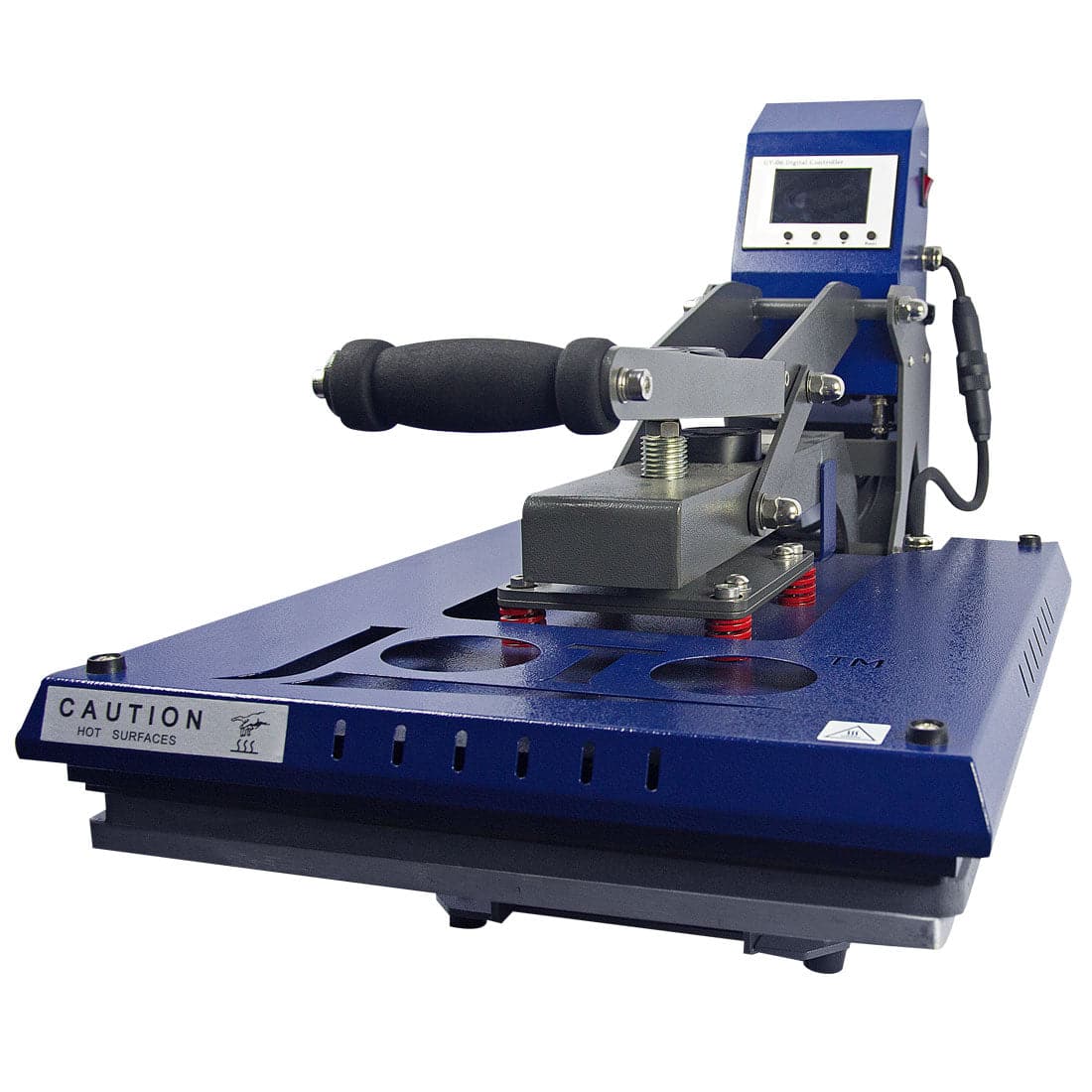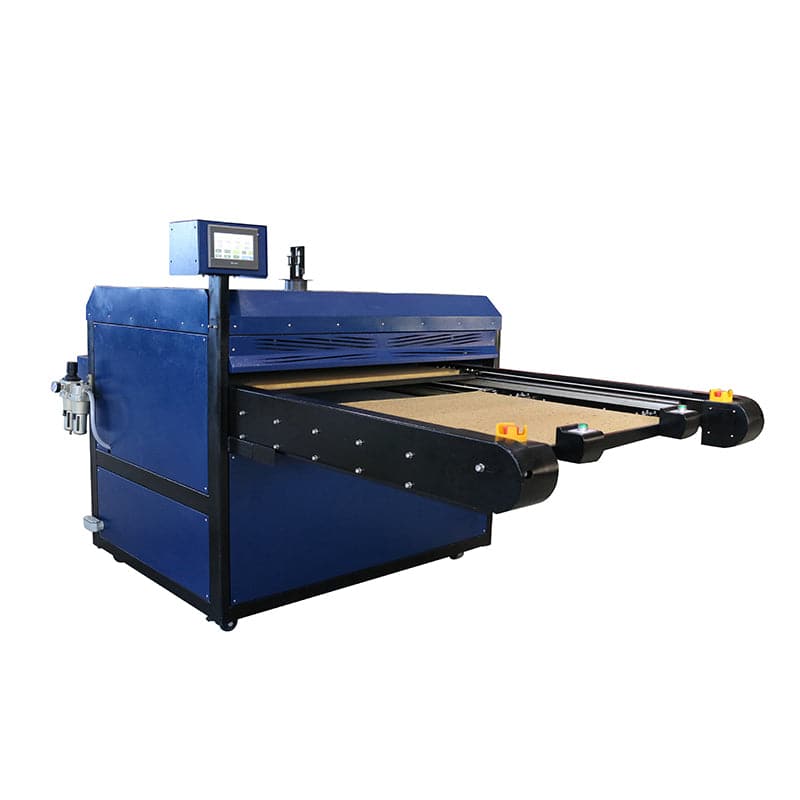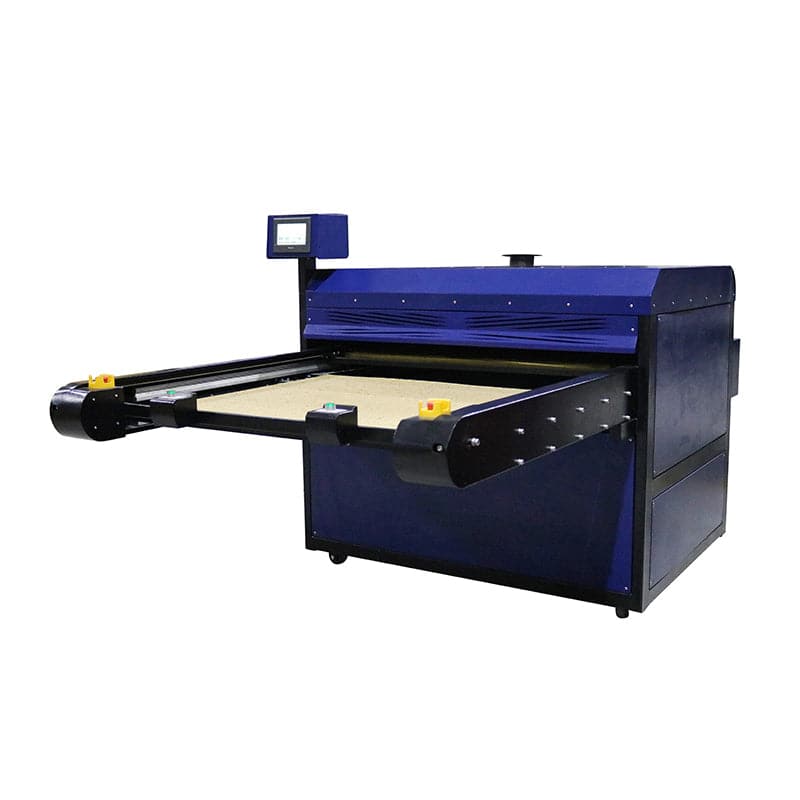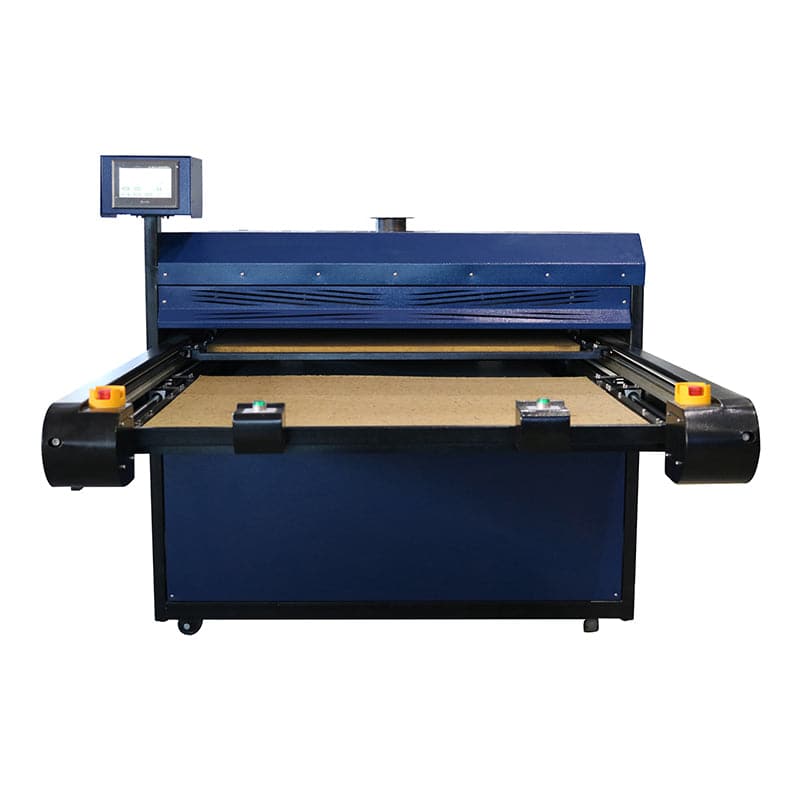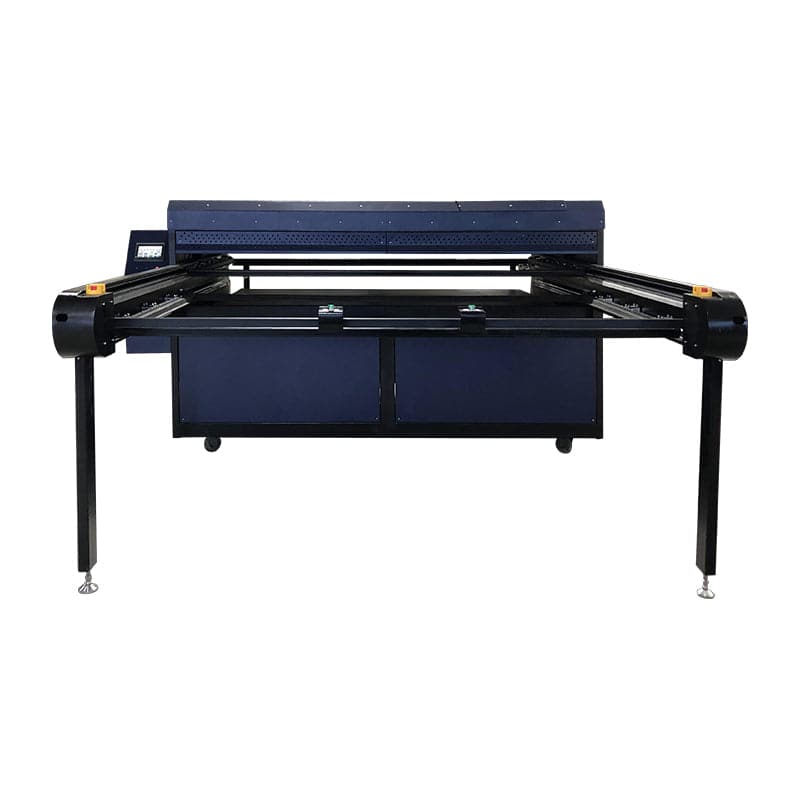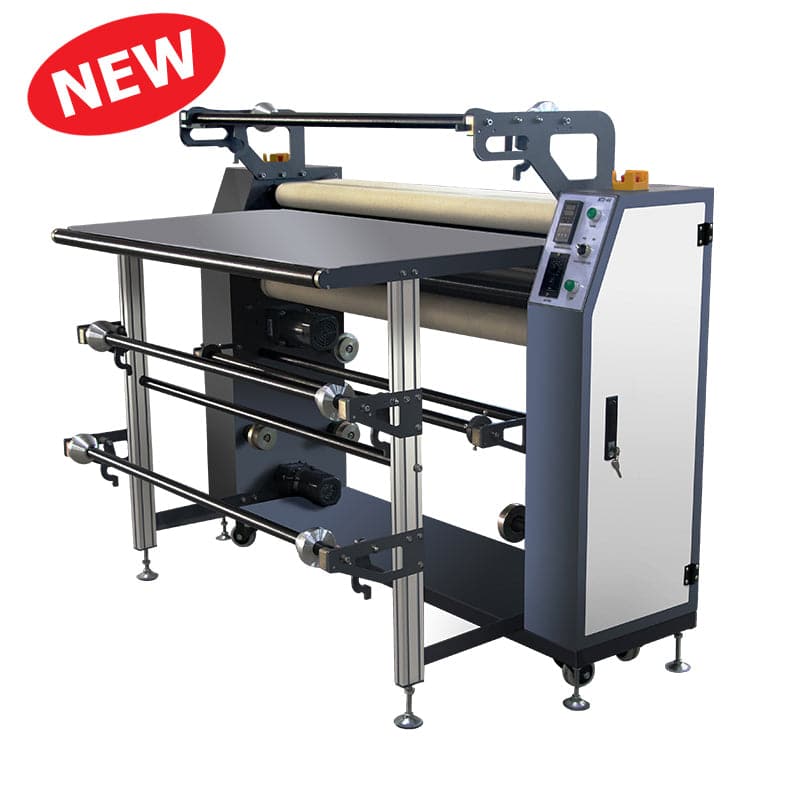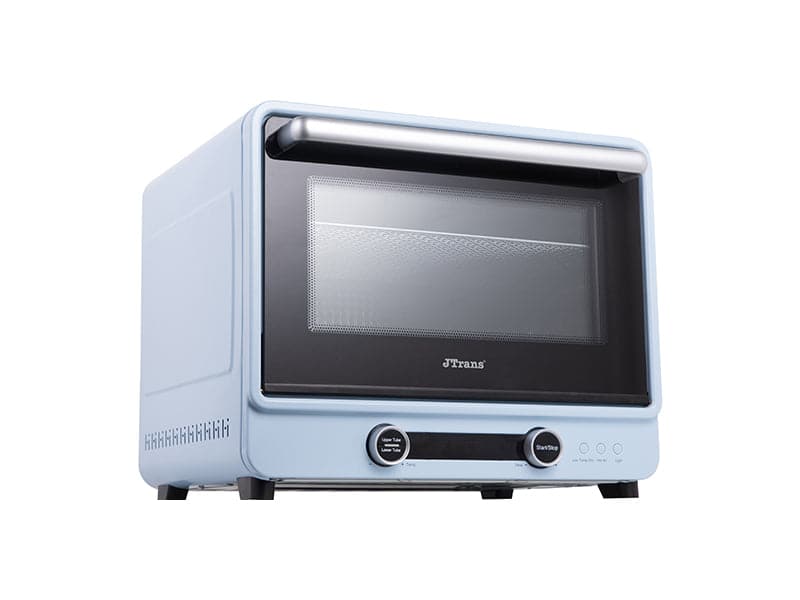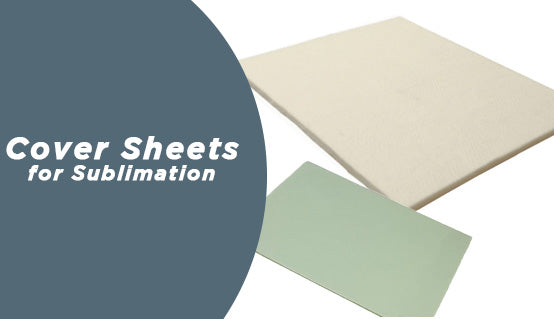Common mistakes with heat transfer vinyl (HTV) can lead to wasted materials, time, and money. As a small or medium print shop owner, it's essential to be aware of these pitfalls and learn how to avoid them. In this blog post, we will examine the potential pitfalls of heat transfer vinyl and learn how to best use temperature settings and pressure application for optimal results.
We'll start by discussing the importance of using the correct temperature settings on your heat press machine. Next, we'll explore how poor pressure application can affect the final product quality. Following that, we will examine incorrect time settings and their impact on adhesion.
Lastly, we will touch upon improper weeding techniques – another common mistake with heat transfer vinyl – which could result in flawed designs or ruined garments. By understanding these potential errors and implementing best practices for working with HTV materials, you can ensure consistent results while maximizing efficiency in your print shop operations.
1. Cutting Conditions
Whether your vinyl is just cuttable or printable the manufacturer cutting blade and force setting for your cutter. Typically, the blades are either 45 degrees or 60 degrees. The force setting is important because it insures a good clean cut. Force is expressed in Grams of Force (gf.). It is important to follow the Cutter Manufactures specifications to insure a clean cut on the vinyl and avoidance of chopping up the Cutter Strip.
2. Wrong Temperature Settings
One of the most common mistakes when working with heat transfer vinyl is using the wrong temperature settings on your heat press machine. Incorrect temperature can lead to a variety of issues, such as poor adhesion or even melting of the vinyl material.
To avoid these problems, it's essential to understand and follow the manufacturer's recommended temperature settings for each specific type of heat transfer vinyl you're working with. Different materials may require different temperatures for optimal results.
- Manufacturer Guidelines: Always refer to the guidelines provided by your heat transfer vinyl manufacturer for accurate temperature settings.
- Type of Vinyl: Be aware that different types of vinyl (such as glitter, flock, or metallic) may have unique temperature requirements compared to standard HTV materials.
- Fabric Compatibility: Keep in mind that certain fabrics might be sensitive to high temperatures and could get damaged during pressing. Make sure you know how much heat your chosen fabric can withstand before proceeding with application.
Before using on a larger scale, try out the process with some scrap fabric to ensure it's set up correctly. This will help ensure that you've got everything set up correctly before moving onto larger-scale production runs at your print shop. Joto Imaging Supplies offers an extensive guide on selecting and applying various types of heat transfer vinyl which can help eliminate any confusion surrounding proper usage techniques and equipment settings.
In addition to following manufacturer recommendations regarding appropriate temperatures, also make sure that your heating element within the press is functioning properly and providing consistent coverage across its surface area. Uneven heating can lead to inconsistent results and wasted materials.
Wrong temperature settings can lead to poor quality transfers, so it's important to ensure that the correct heat setting is used for each material. Moving on, another common mistake with heat transfer vinyl is poor pressure application.
3. Poor Pressure Application
Applying the right amount of pressure when heat pressing is crucial for successful heat transfer vinyl (HTV) application. Too much or too little pressure can cause the vinyl to not adhere properly, leading to issues such as bubbling up or peeling off after application. In this section, we will discuss some common mistakes related to poor pressure application and how you can avoid them in your small and medium print shops.
A. Insufficient Pressure
When there's not enough pressure applied during the heat pressing process, it may result in an incomplete bond between the HTV and the fabric. This could lead to problems like peeling or cracking of the design after washing or even immediately after applying it on garments. To ensure proper adhesion, make sure that you're using a high-quality Heat Press machine with adjustable pressure settings and follow manufacturer recommendations for optimal results.
-
Tips:
- Always test your equipment before starting production runs and first thing every morning
- Regularly check if any adjustments are needed due to wear and tear on your machine components.
B. Excessive Pressure
On the other hand, applying too much pressure during heat pressing can also be problematic for HTV applications as it may cause bubbles or wrinkles within your design while transferring onto fabrics - especially those made from delicate materials like polyester blends which are more susceptible to scorch marks under high temperatures.
To prevent pressure from becoming an issue in your HTV application:
- Maintain consistent downward force throughout the entire duration of the heating cycle by ensuring that the platen evenly distributes weight across the entire surface area.
- You can use a dollar bill inserted on each side of the heated platen to gauge your pressure. Simply test both sides and the front and back of the machine. If the bill comes out easily after the machine platen has been lowered, then increase the pressure.
- Be mindful of any changes in fabric thickness or density that could impact pressure requirements (e.g., plackets and seams, zippers, or buttons).
By paying close attention to the amount of pressure applied during heat pressing and making necessary adjustments based on your specific HTV material and garment type, you can avoid common issues related to poor adhesion and ensure a high-quality final product for your customers. Remember that practice makes perfect - so don't be afraid to experiment with different settings until you find what works best for your unique needs atJoto Imaging Supplies.
Poor pressure application can lead to improper adhesion and a subpar result. To ensure that your heat transfer vinyl adhere correctly, it is important to understand the correct time settings for each type of material.
To ensure proper adhesion of heat transfer vinyl (HTV) on fabrics, it is crucial to apply the right amount of pressure during the heat pressing process. Insufficient pressure can lead to incomplete bonding and peeling or cracking of the design after washing, while excessive pressure may cause bubbles or wrinkles within your design. Regularly testing equipment and making necessary adjustments based on specific HTV material and garment type can help avoid common mistakes related to poor pressure application.
3. Incorrect Time Settings
Using incorrect time settings when heat pressing can cause the vinyl to not adhere properly or even become discolored. It is essential for small and medium print shops to understand the importance of accurate time settings in order to achieve high-quality results with heat transfer vinyl. In this section, we will explore the potential pitfalls of incorrect time settings and how to circumvent them.
A. Not Following Manufacturer's Recommendations
One of the most common mistakes made by print shops is not following the manufacturer's recommended time settings for a specific type of heat transfer vinyl. Different materials require different amounts of time under heat pressure, so it is crucial that you refer to your product manual or consult with your supplier before setting up your equipment.
B. Ignoring Environmental Factors
The environment in which you are working plays a significant role in determining appropriate heat press times. For example, if your shop has high humidity levels or fluctuating temperatures, these factors may affect how long it takes for the adhesive on your vinyl material to activate correctly during pressing. Make sure you take environmental conditions into account when adjusting timing parameters.
Tips for Correct Time Settings:
- Refer To Instructions or Documentation: Always check the user manual provided by your heat press machine manufacturer and the instructions from the material manufacturer for their recommended timings.
- Contact Your Supplier: If unsure about the correct timing or any other of the parameters, reach out to Joto Imaging Supplies, who will be happy to assist with any questions regarding optimal heat press settings.
- Test Press: Conduct a test press on a scrap piece of material to ensure your time settings are accurate before proceeding with the actual project. This will help you avoid wasting valuable materials, and labor resources and ending up with subpar results.
In summary, it is crucial for print shops to be aware of the potential issues that can arise from using incorrect time settings when working with Heat Transfer Vinyl. By following manufacturer recommendations, considering environmental factors, and conducting test presses, you can achieve optimal results in your projects while minimizing wasted materials and effort.
Incorrect time settings can lead to undesired results and should be carefully monitored. Improper weeding is another common mistake that can affect the quality of a heat transfer vinyl project.
Print shops often make mistakes when using heat transfer vinyl, especially with time settings. Not following the manufacturer's recommendations and ignoring environmental factors can lead to poor results such as improper adhesion or discoloration. To avoid these issues, print shops should refer to user manuals, contact suppliers for assistance, and conduct test presses before proceeding with projects.
4. Improper Weeding
Weeding is a crucial step in the Heat Transfer Vinyl (HTV) process, as it involves removing excess material from your design before pressing it onto the fabric or garment. Failing to weed your HTV correctly can lead to issues with adhesion and even cause peeling after application. To avoid these common mistakes, follow our tips on proper weeding techniques.
A. Use the Right Tools
Having the right tools for weeding is essential for achieving a clean and precise result with a minimum amount of time and effort. A quality weeder or tweezers and a Xacto Knife will help you remove small pieces of vinyl without damaging your design or causing unnecessary strain on your hands.
B. Ensure Proper Lighting Conditions
Good lighting conditions are vital when working with HTV, especially when dealing with intricate designs or smaller text elements. Make sure you have ample light to see all cut lines clearly while weeding out unwanted parts of the vinyl.
C. Reverse Weeding Technique
If you're struggling with traditional weeding methods, consider trying the reverse-weed technique where you apply a layer of masking tape over your entire design before pulling away any unwanted sections of vinyl along with the tape itself. This method can be particularly helpful when working on detailed designs that require more precision during the removal process. Learn more about reverse-weed technique here.
- Maintain Consistency: Be consistent in how much pressure is applied while pulling up excess material; too little force may leave behind bits, whereas too much could damage the design itself.
- Start from the Outer Edges: Begin the weeding process by removing larger sections of vinyl first, working your way toward the center. This will help prevent accidentally lifting smaller pieces that are part of the final design.
- Take Your Time: Rushing through weeding can lead to mistakes and frustration. Give yourself ample time to complete this step carefully and accurately for the best results.
In conclusion, proper weeding is an essential aspect of successful heat transfer vinyl application. By using the right tools, ensuring good lighting conditions, employing the reverse-weed technique when necessary, maintaining consistency in pressure applied during the removal process, starting from the outer edges before moving inward, and taking your time, you'll be able to avoid common pitfalls associated with improper HTV preparation. Remember, practice makes perfect, so don't get discouraged if it takes some trial and error to find what works best for your specific project needs.
Improper weeding is a common mistake in heat transfer vinyl (HTV) process that can cause adhesion issues and peeling. To avoid this, use the right tools, ensure proper lighting conditions, employ the reverse-weed technique, when necessary, maintain consistency in pressure applied during removal process and take your time to weed carefully for best results.
Common Mistakes with Heat Transfer Vinyls
Heat Transfer Vinyl (HTV) is a popular material used to create custom designs on fabrics. However, there are some common mistakes that can occur during the application process. Here are some of the most frequent issues and how to avoid them:
Using the Wrong Materials
One of the most common mistakes with heat transfer vinyl is using the wrong materials. HTV is designed to work with certain fabrics, and using the wrong type can result in poor adhesion or even damage to the garment. Always check the manufacturer's recommendations before starting your project.
Dye Migration
Dye migration is another common issue with heat transfer vinyl. This occurs when the dye from the fabric bleeds through the vinyl, resulting in a discolored or distorted design. To prevent this, use a vinyl that is specifically designed to resist dye migration, and avoid using extreme heat or pressure during the application process.
Extreme Heat
Using too much heat can also cause problems with HTV. If the temperature is too high, the vinyl can melt or become distorted, ruining your design. Always follow the manufacturer's recommended temperature settings and use a heat press or iron with a digital temperature control to ensure accuracy.
Dark Fabrics
When working with dark fabrics, it's important to choose the right type of Vinyl. Some HTV materials are designed specifically for use on dark fabrics, while others are better suited for lighter colors. Using the wrong type can result in poor adhesion or a design that is difficult to see.
Warm Water
After applying the first HTV design, it's important, to ensure the design stays in place that you do a wash test before you complete the entire order. Additionally, you need to recommend the proper washing instructions to the customer. However, using very hot water can cause the vinyl to prematurely peel or crack over time. You want to always recommend the use of warm or cold water and avoid using fabric softeners or bleach.
Fully Adhered
Finally, make sure your vinyl is fully adhered to the fabric before removing the carrier sheet. If the vinyl is not sticking properly, use a heat press or iron to apply additional pressure. You can also try using silicone paper to protect the vinyl during the application process.
By avoiding these common mistakes, you can ensure that your heat transfer vinyl projects turn out perfectly every time and your customer will come back.
Conclusion
When it comes to using heat transfer vinyl, there are several common mistakes that can easily be made. From incorrect temperature, time, and pressure settings to improper weeding techniques, these mistakes can lead to wasted materials and unsatisfactory results.
To ensure successful results, it is essential to be precise and accurate when performing each step of the process. This includes setting the right temperature and time settings for your vinyl type, applying the recommended pressure evenly across the design, and carefully weeding away excess material.
If you're looking for high-quality Heat Transfer Vinyls and supplies, visit Joto Imaging Supplies. Our selection of products will help you achieve professional-looking results every time.


